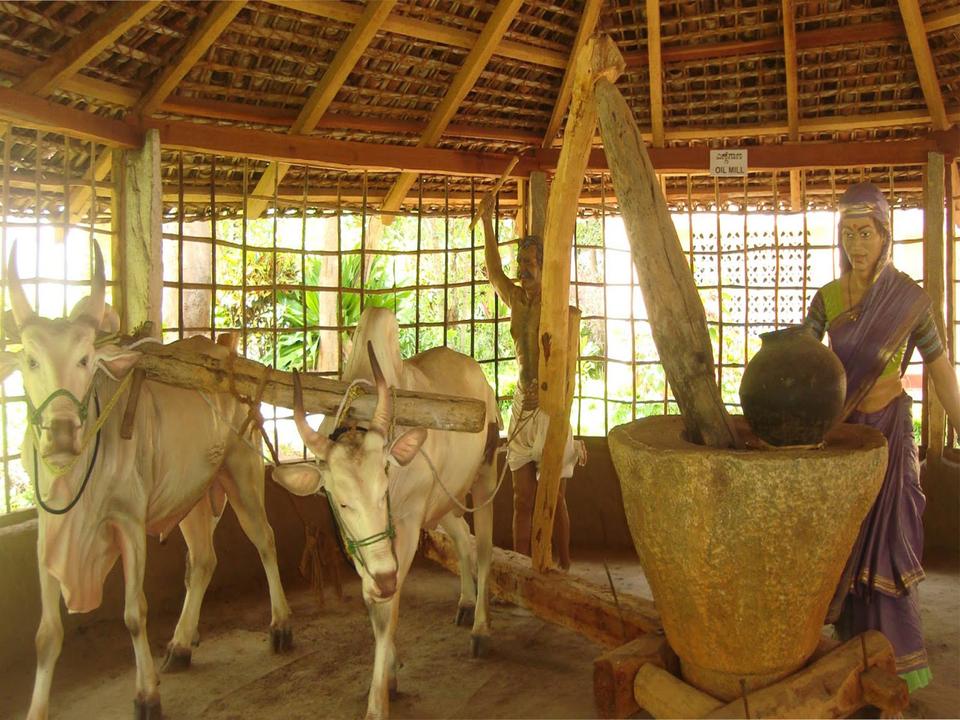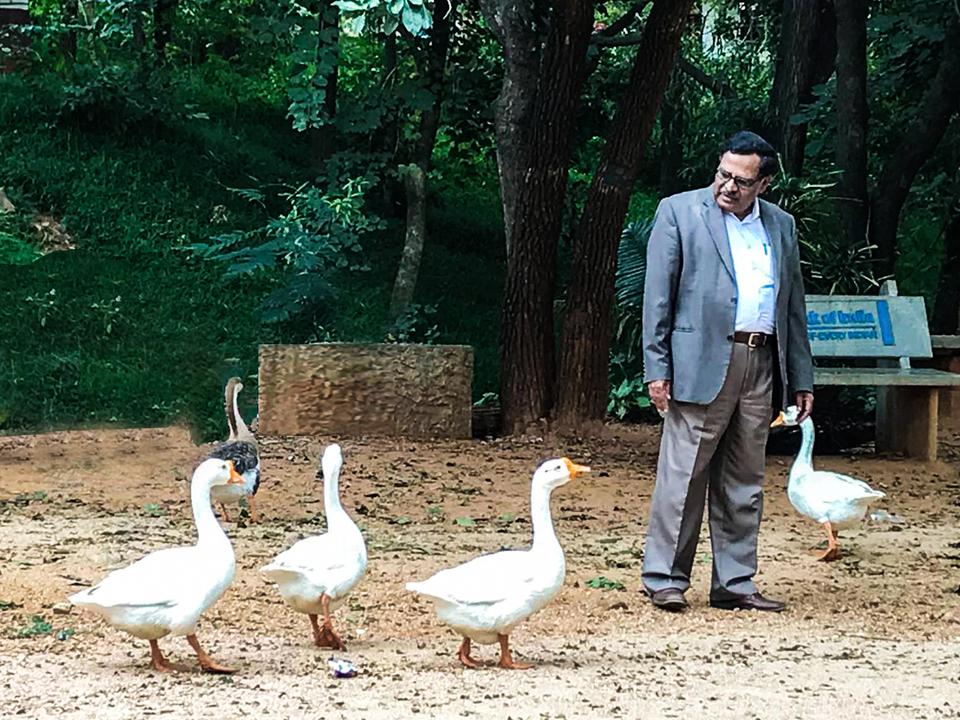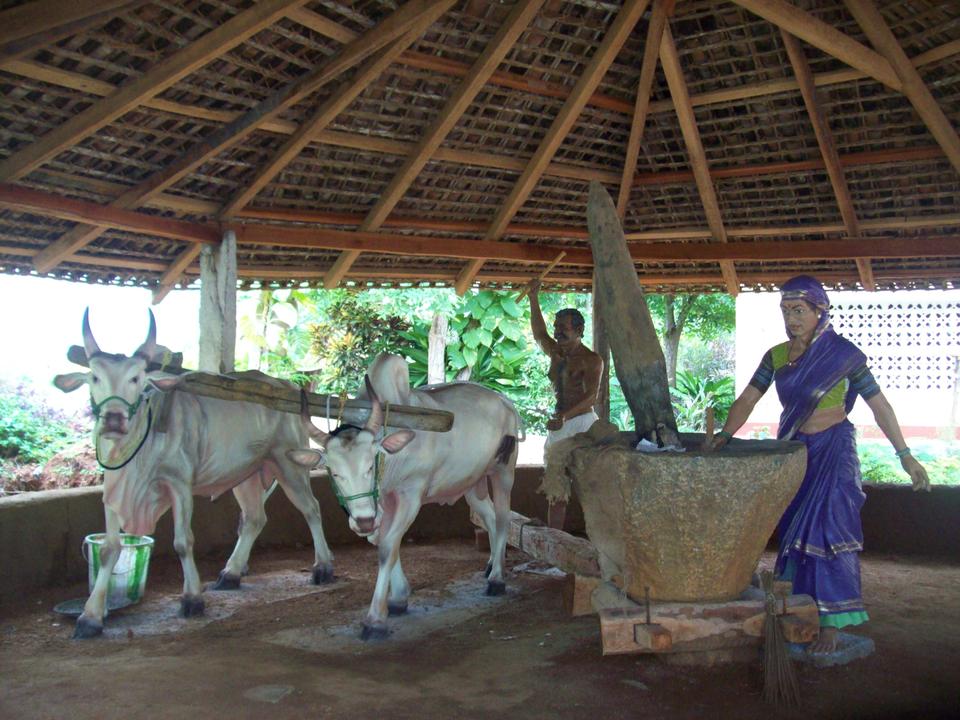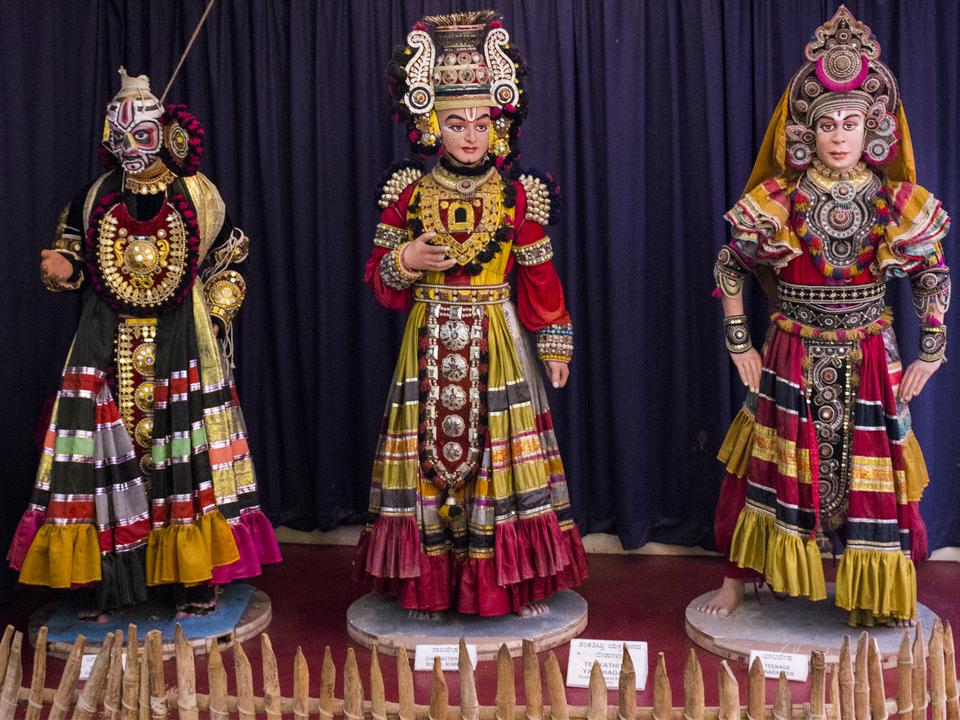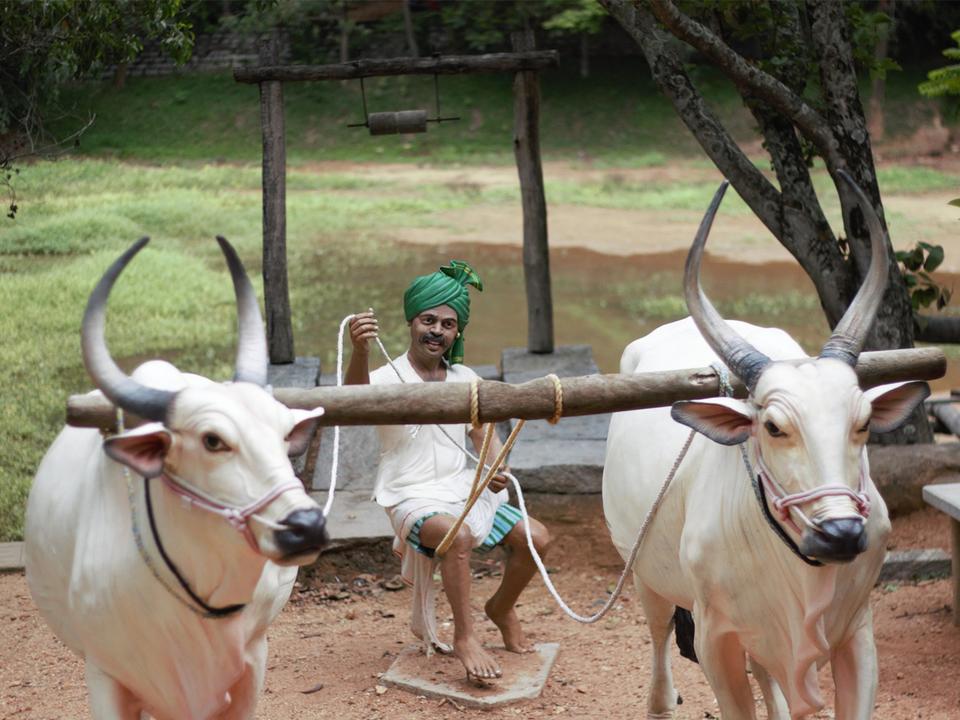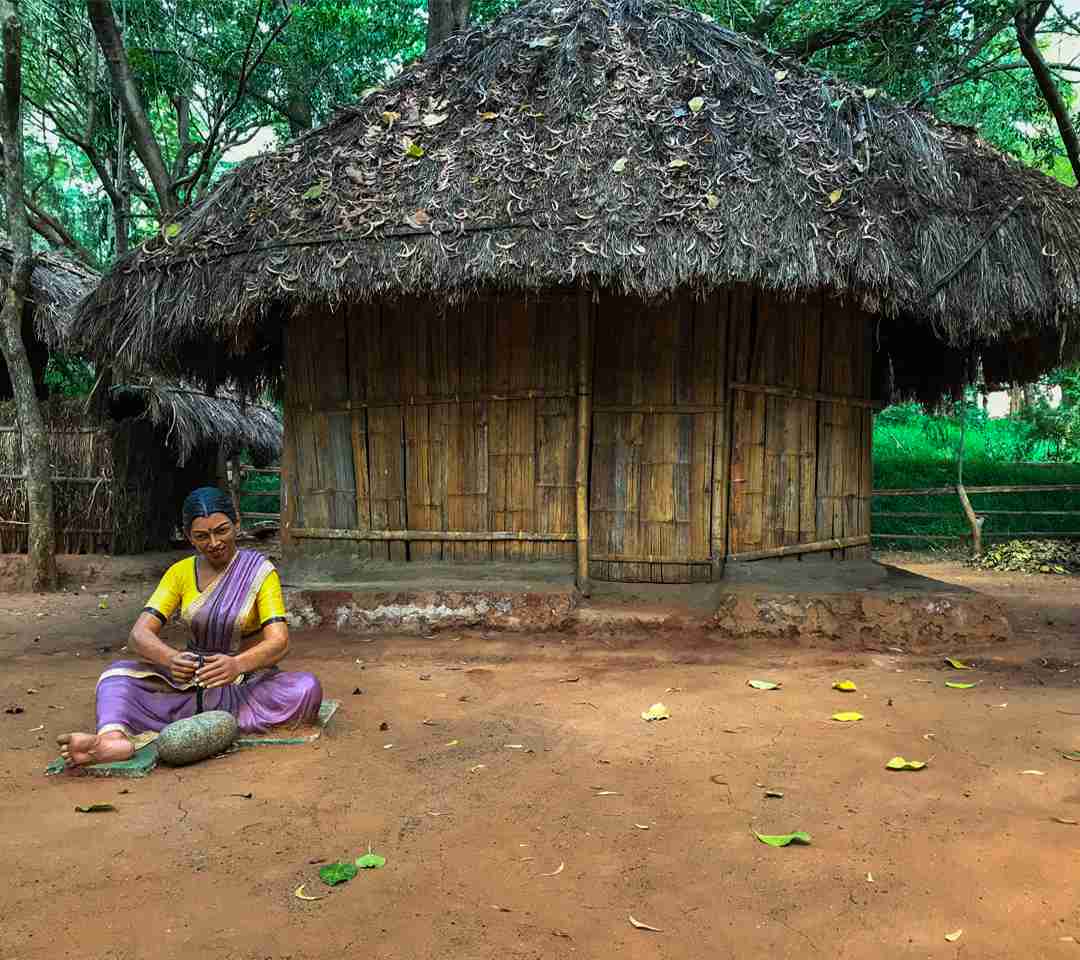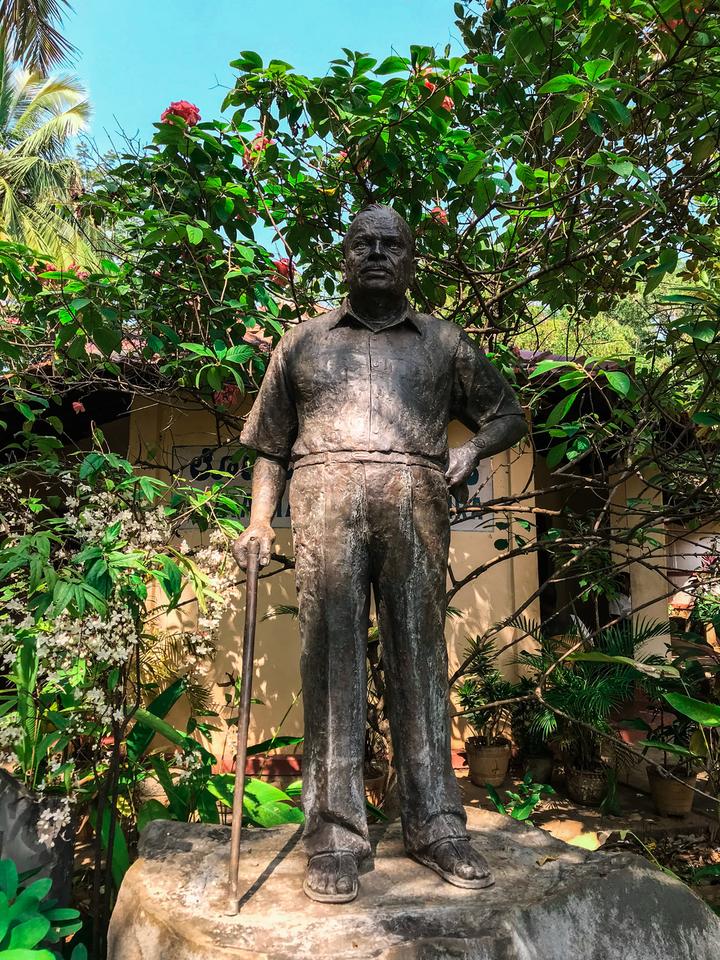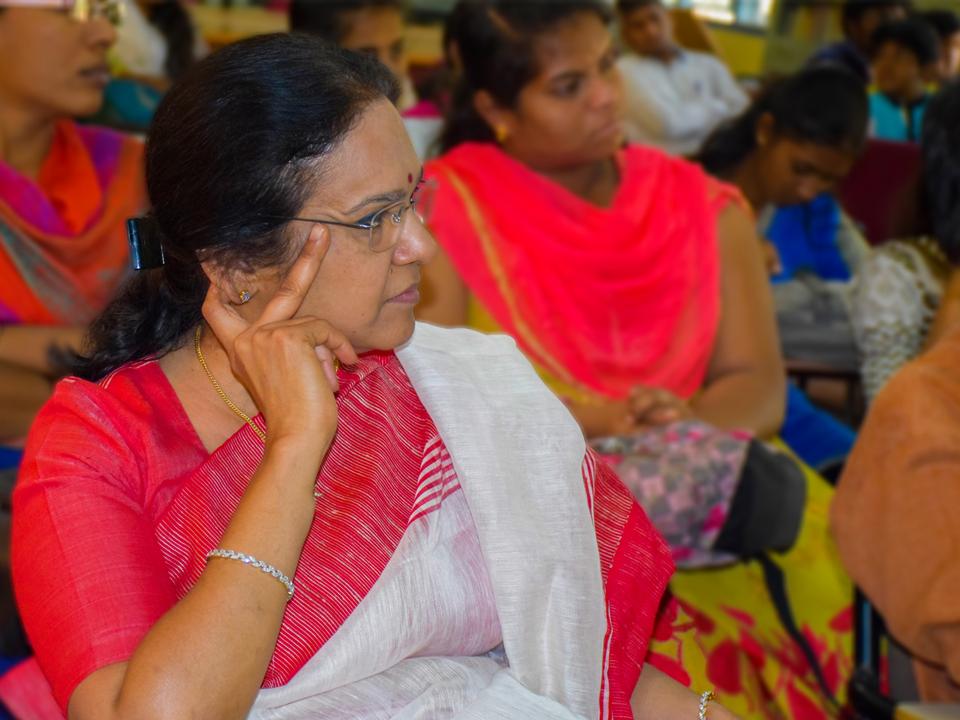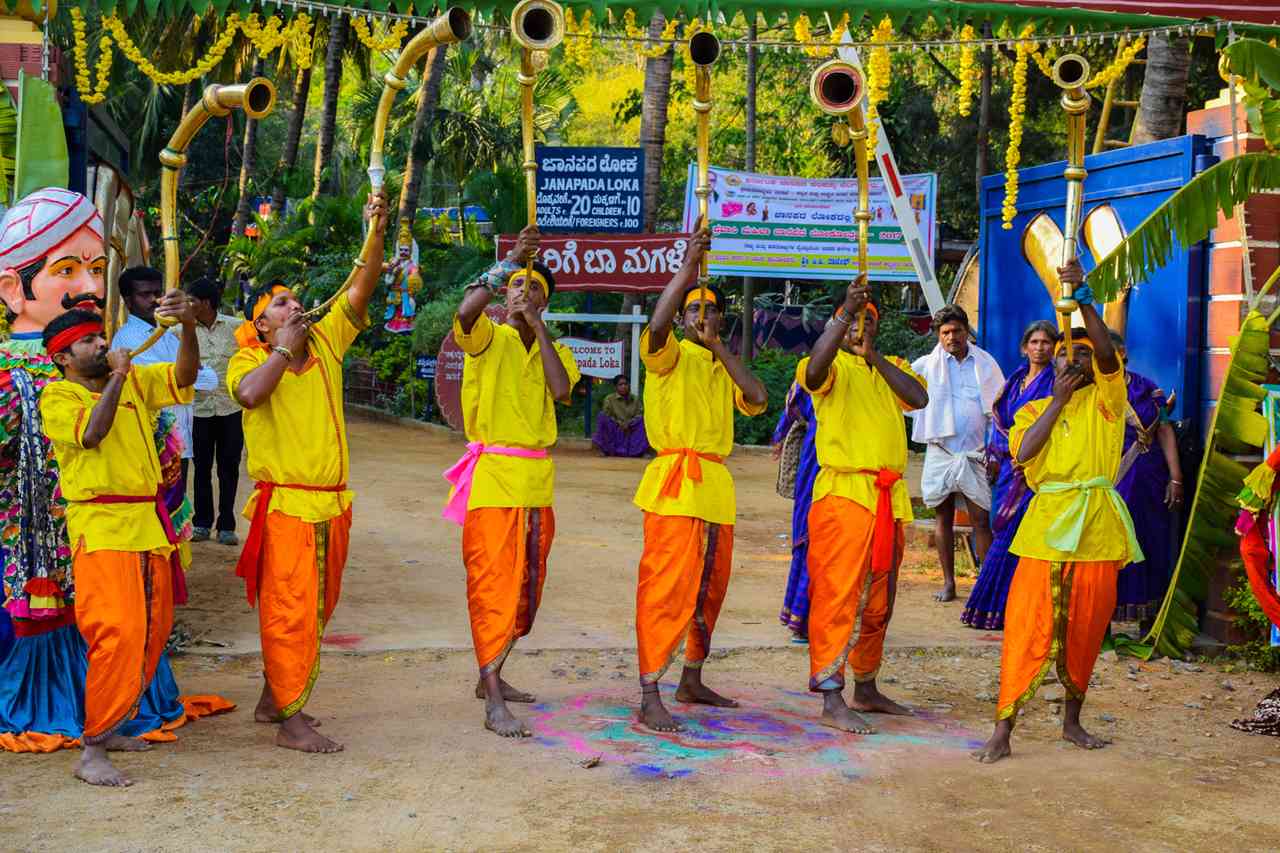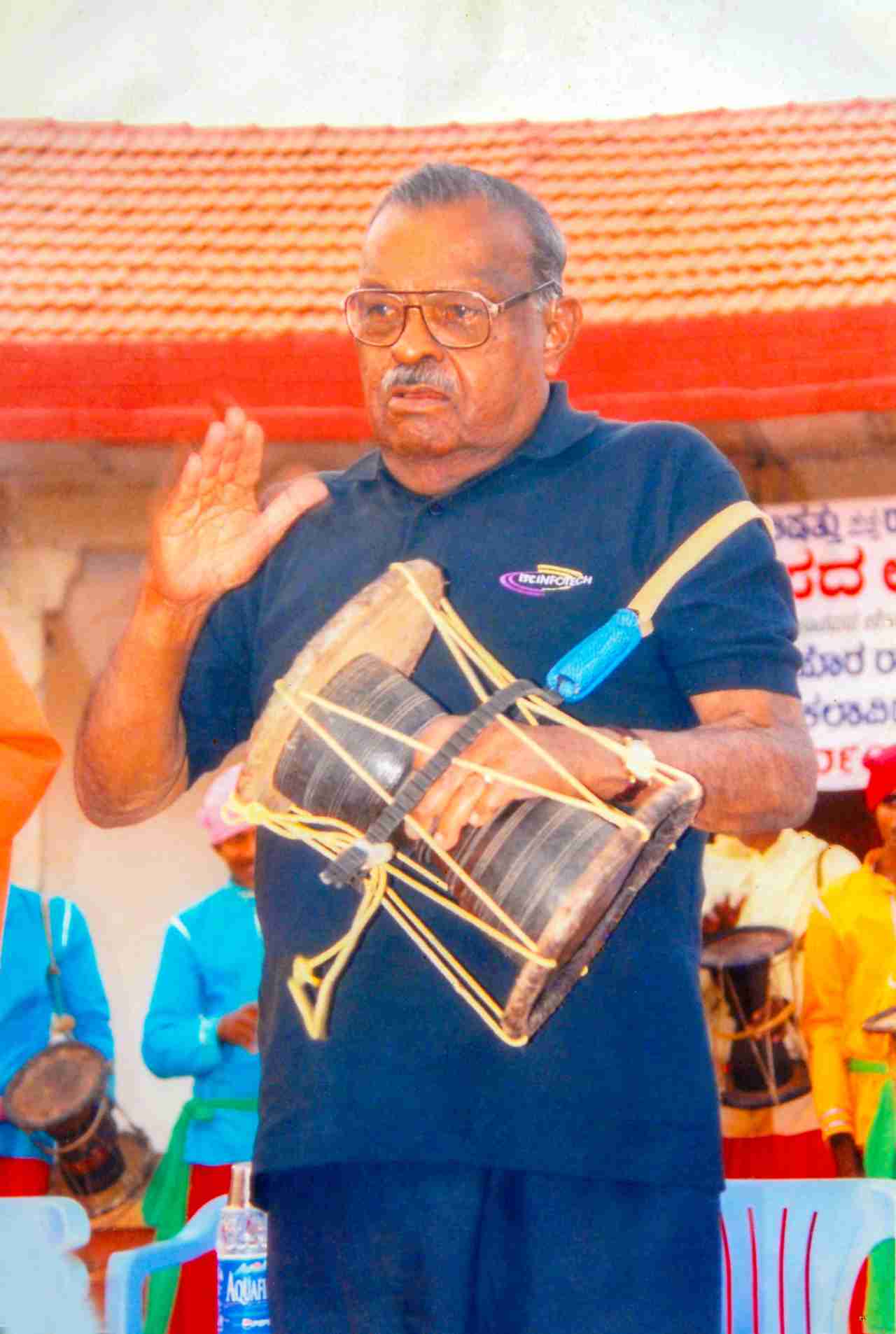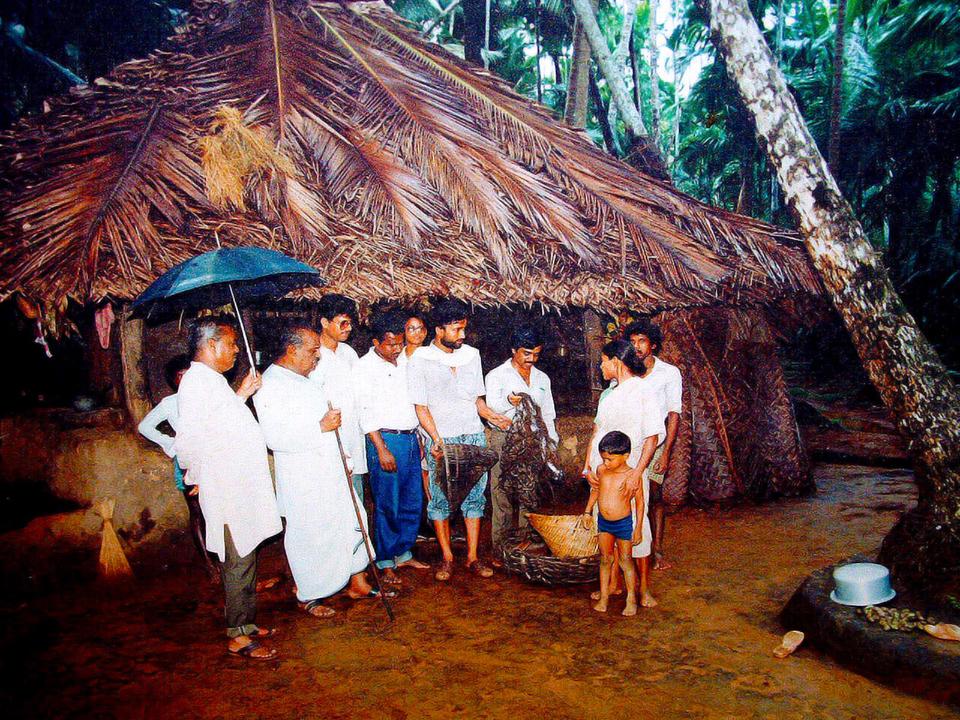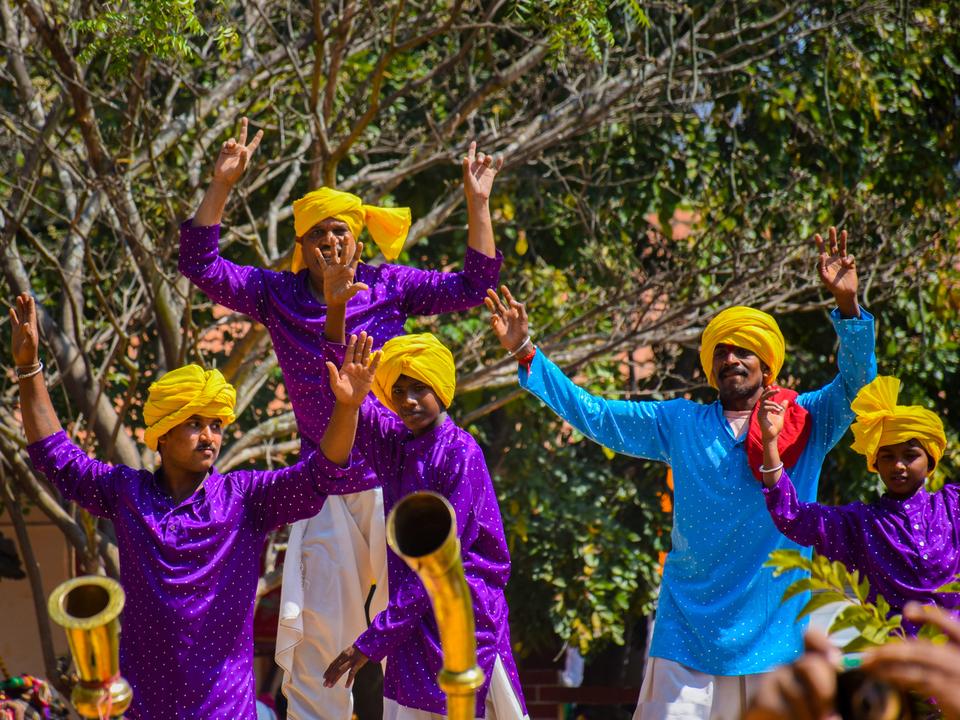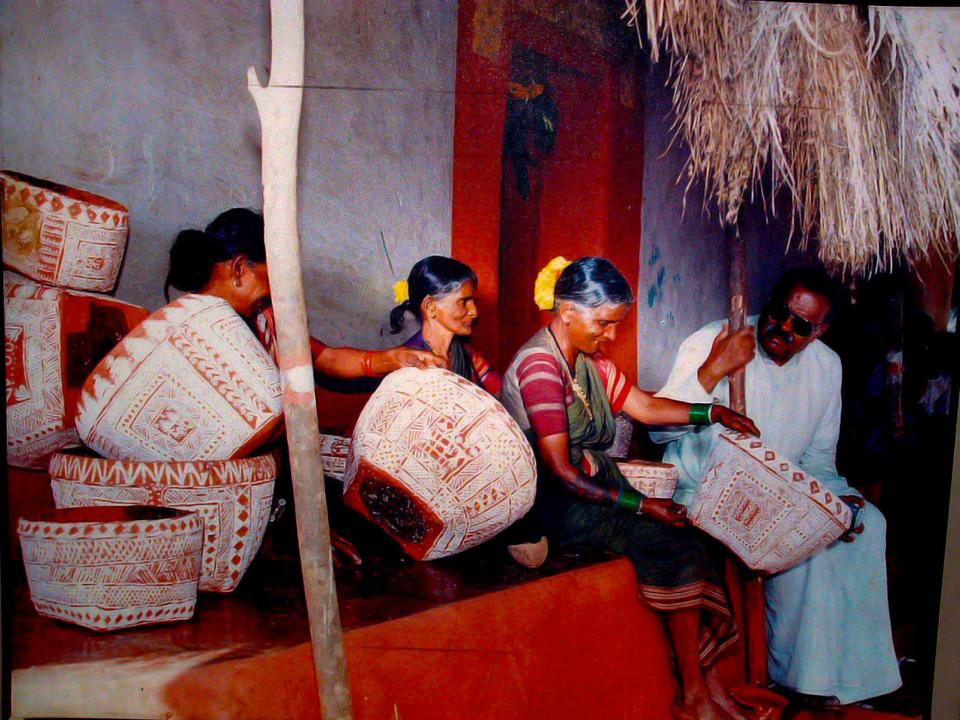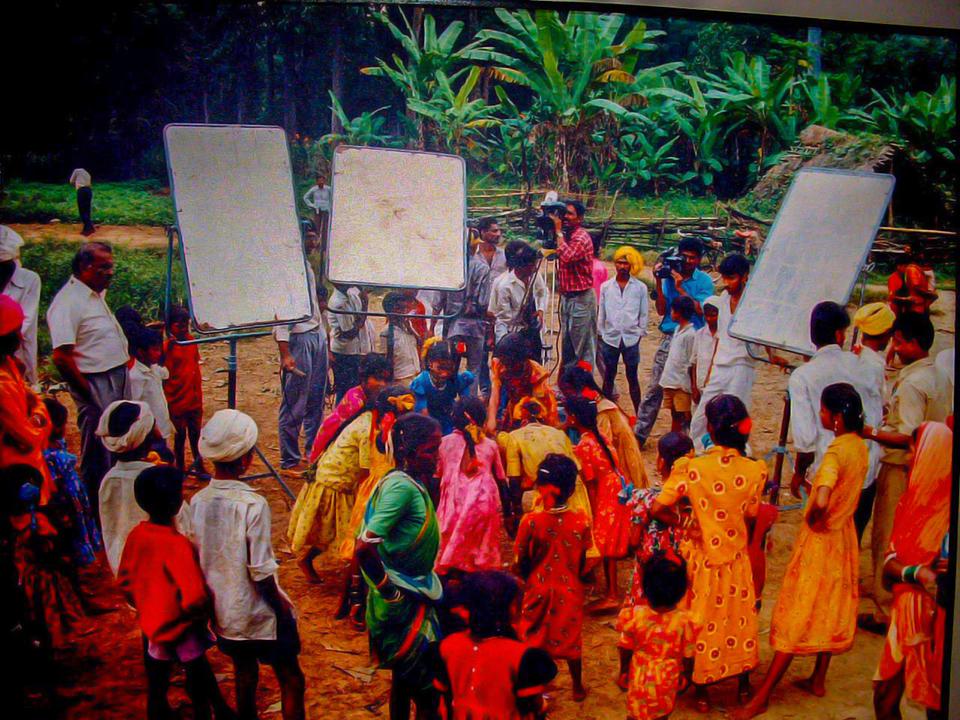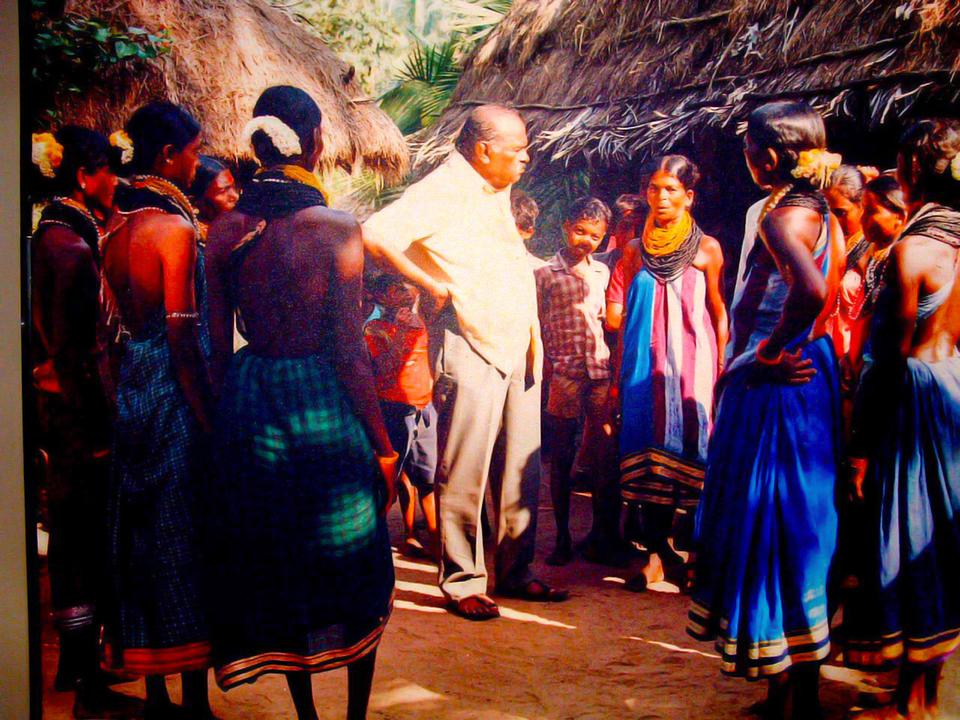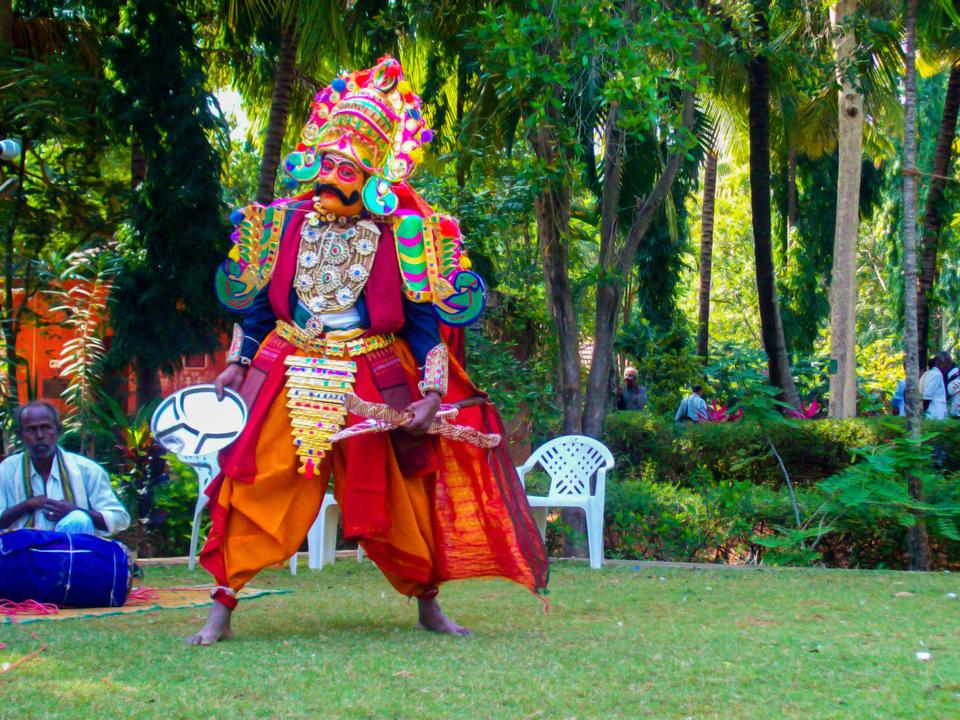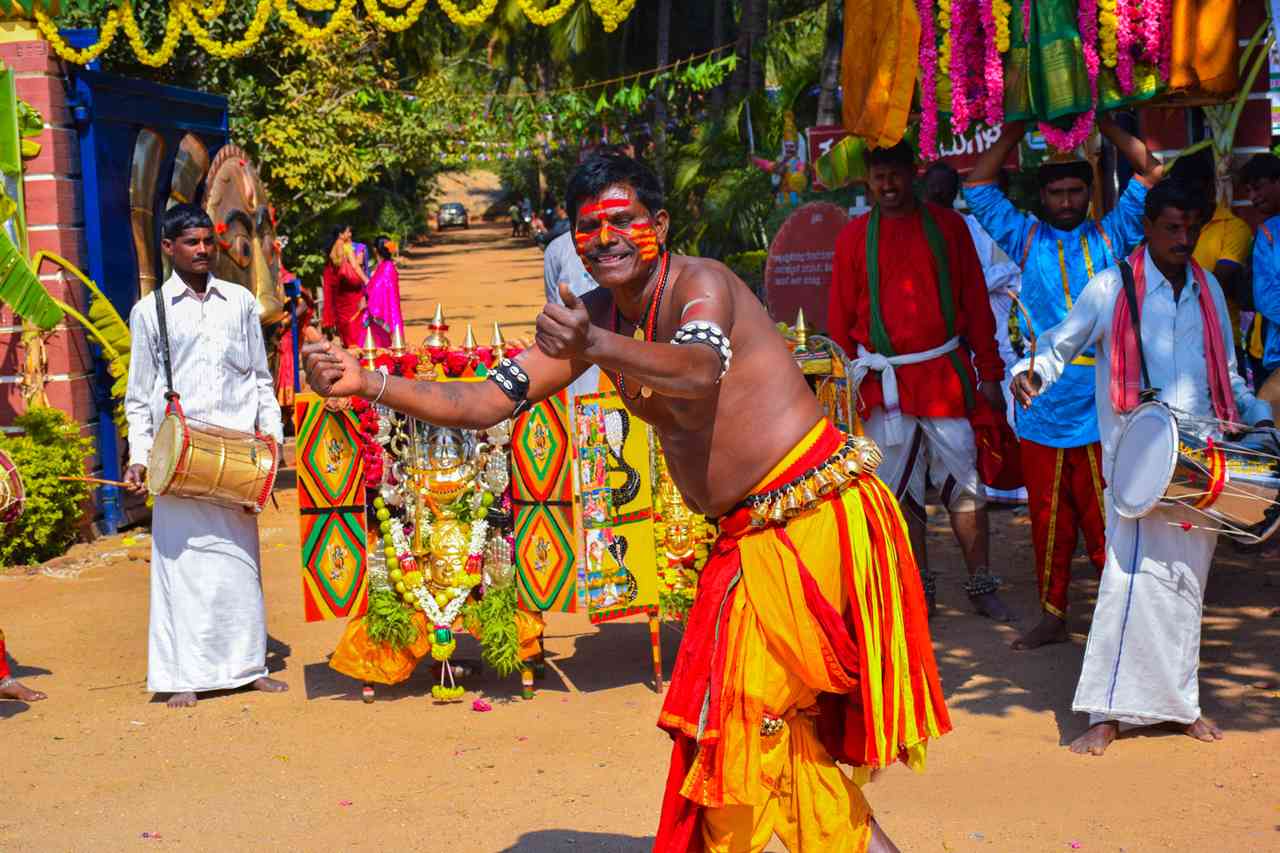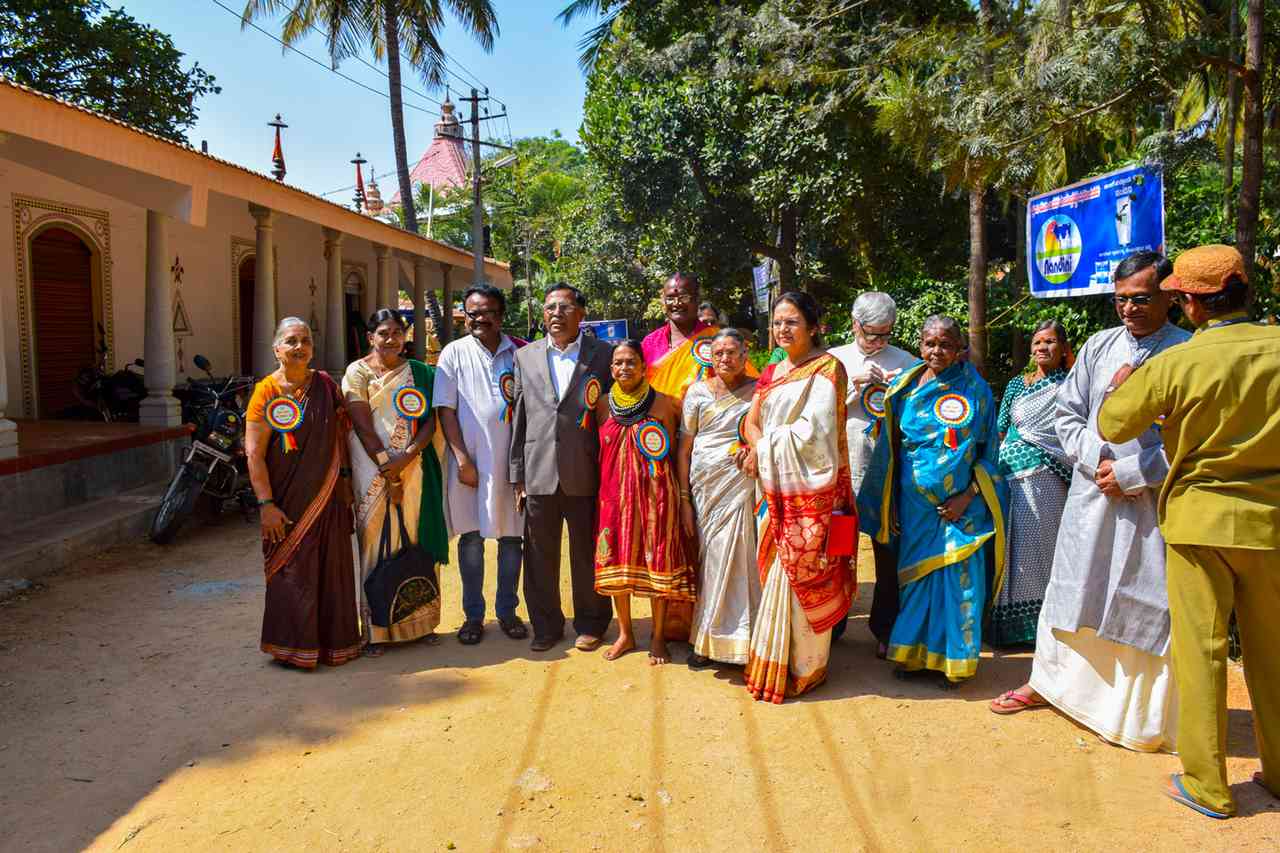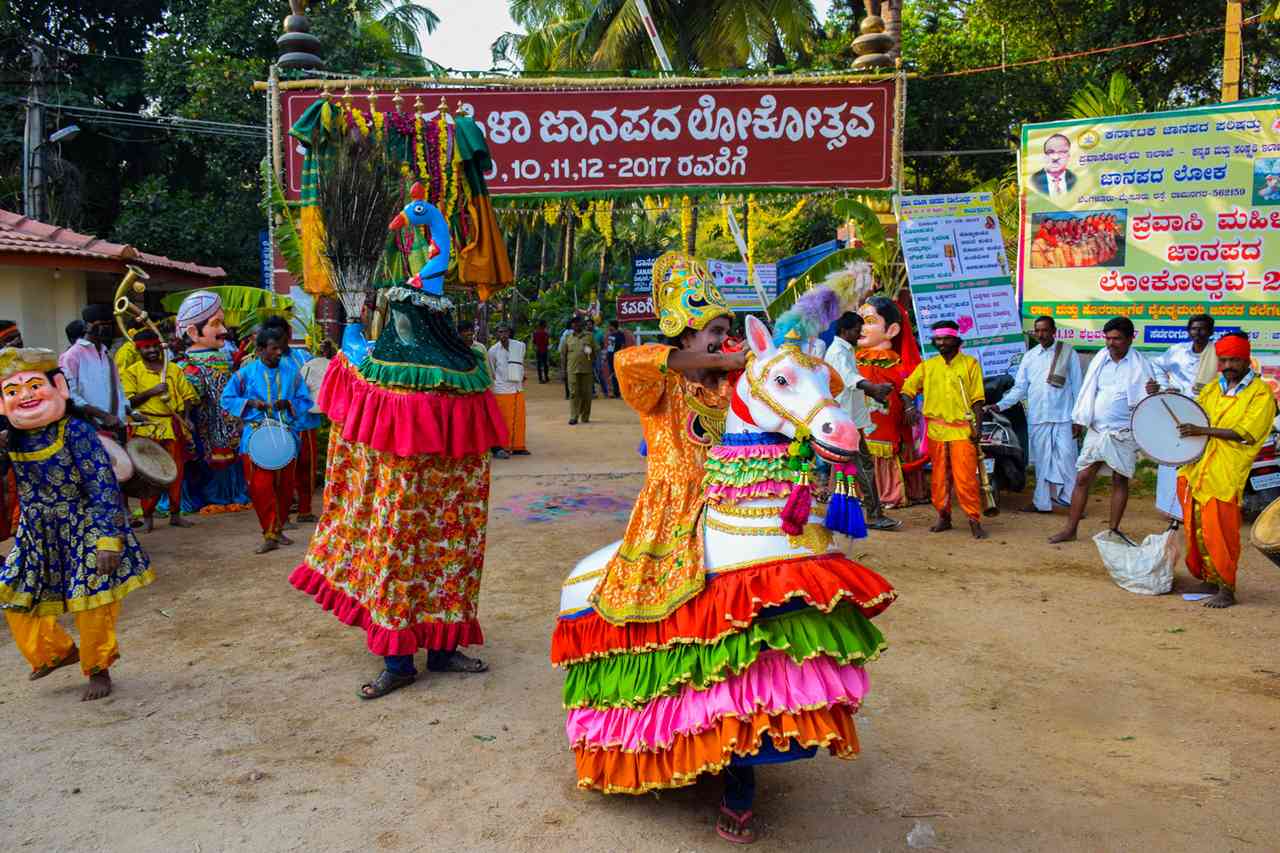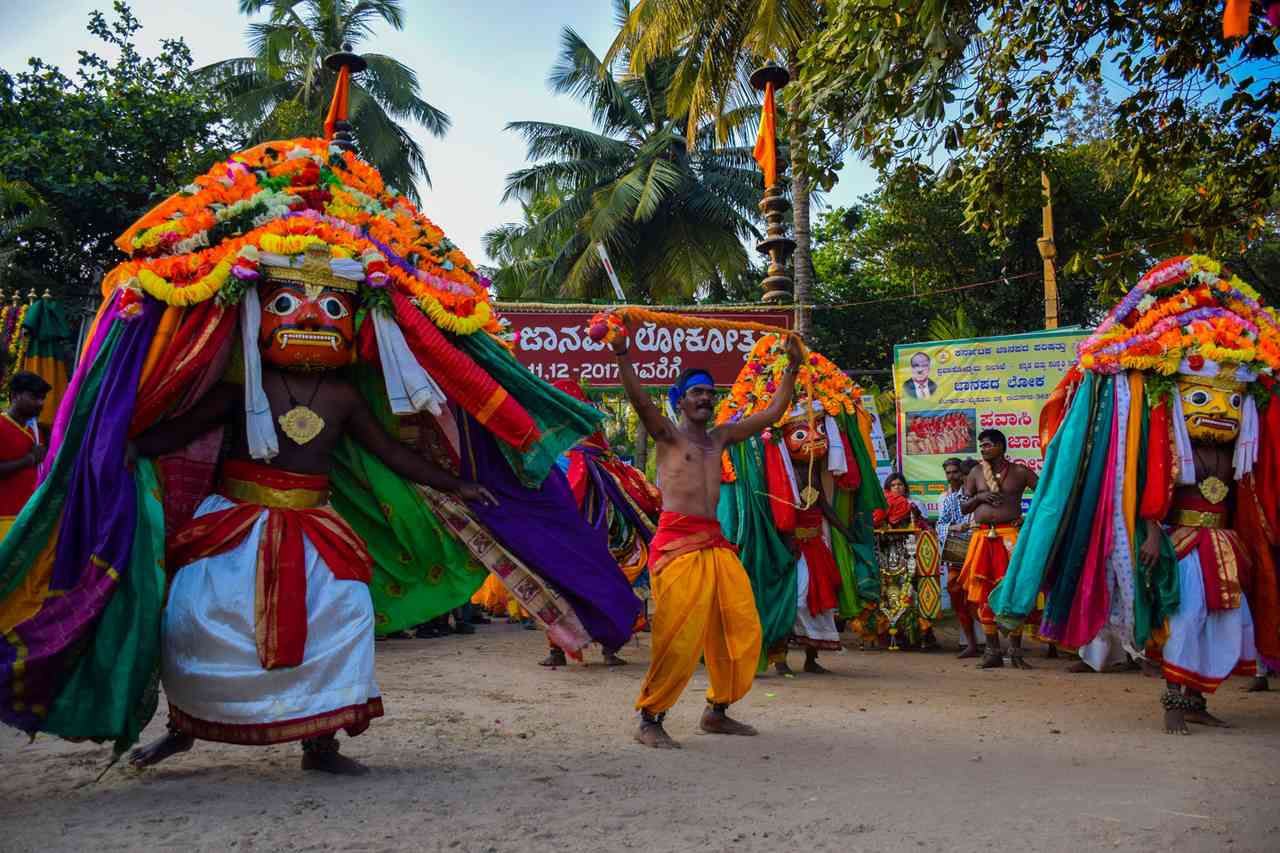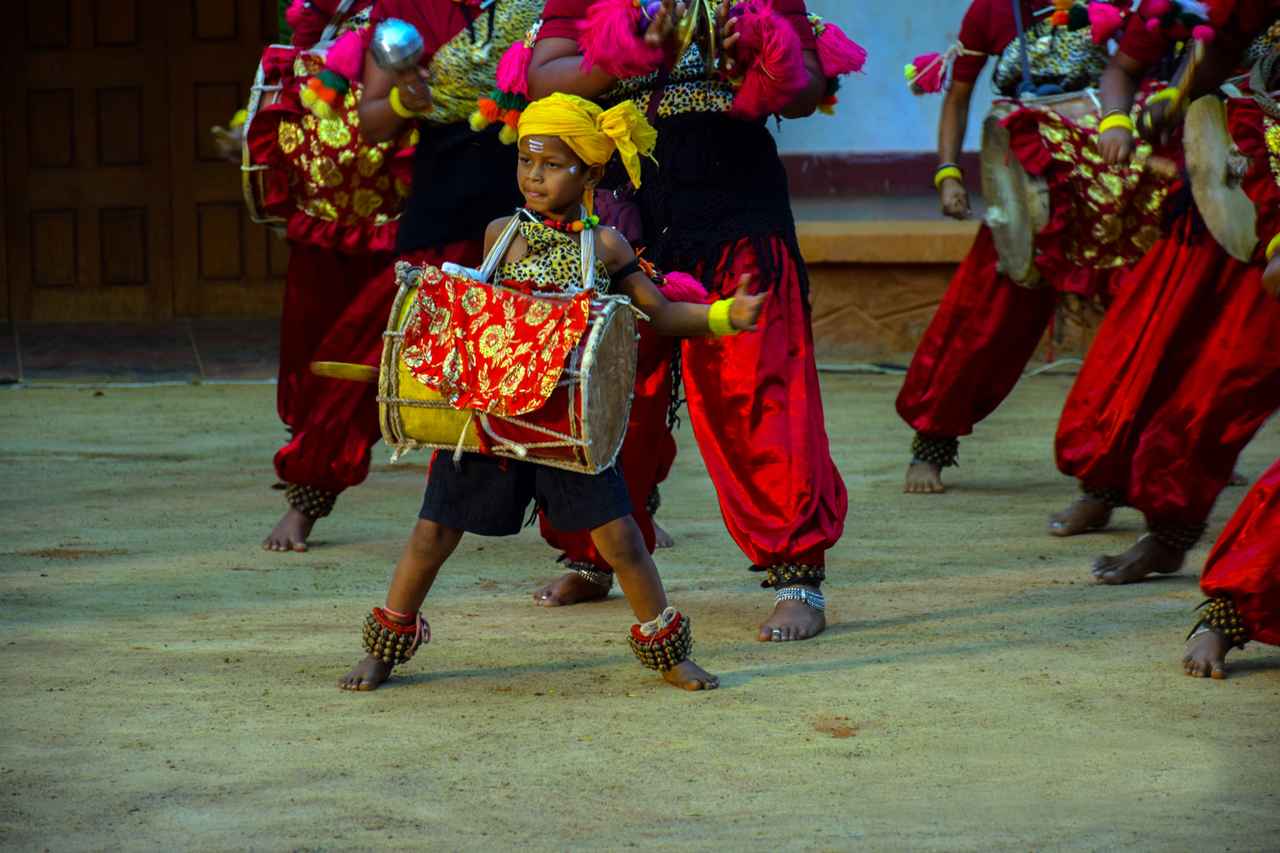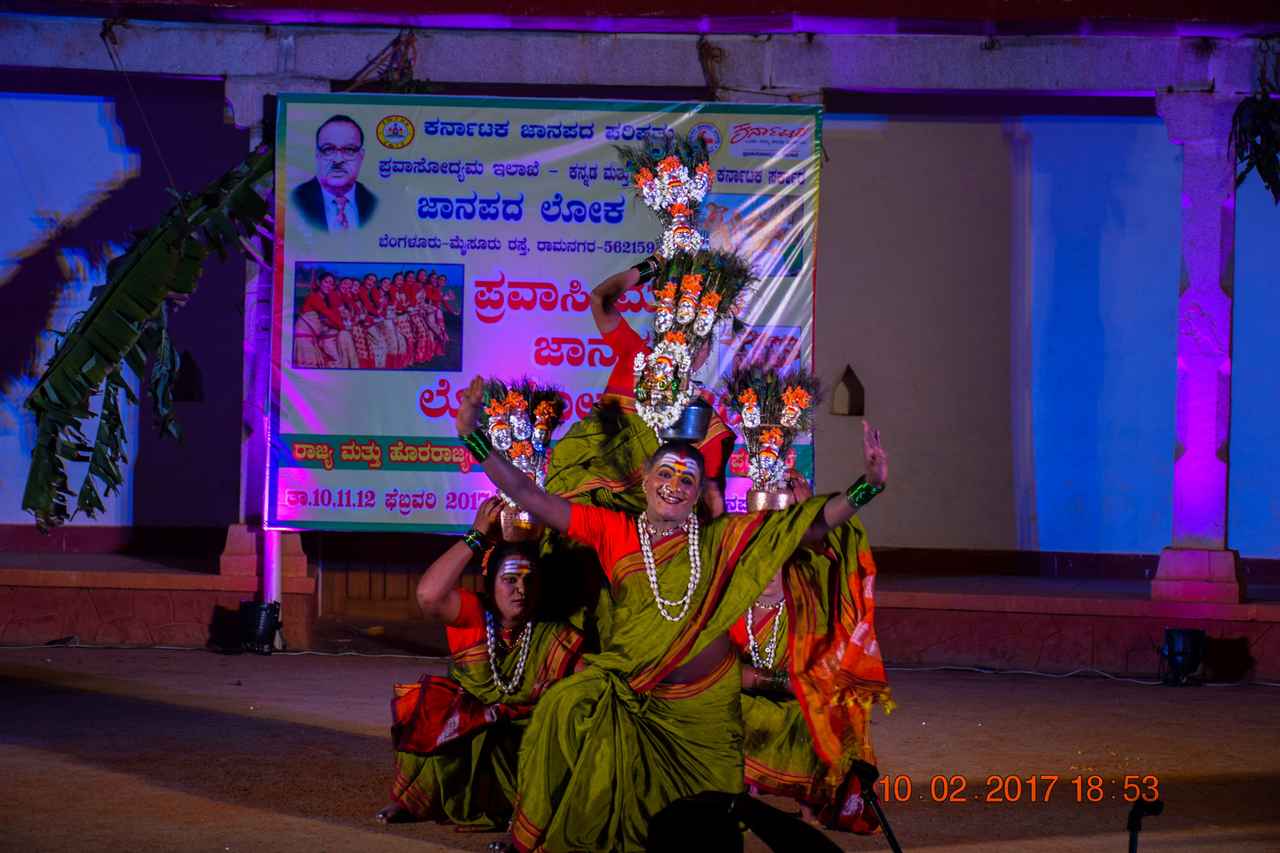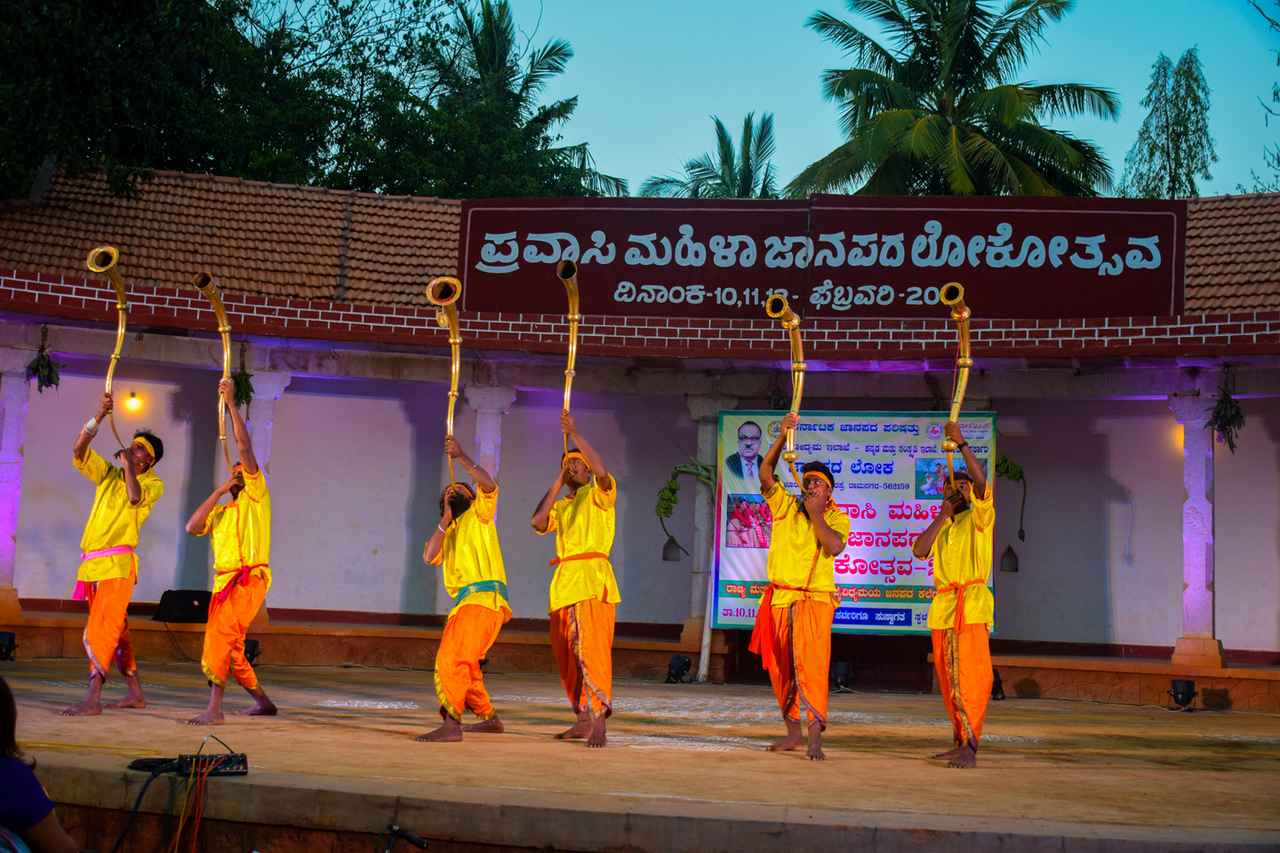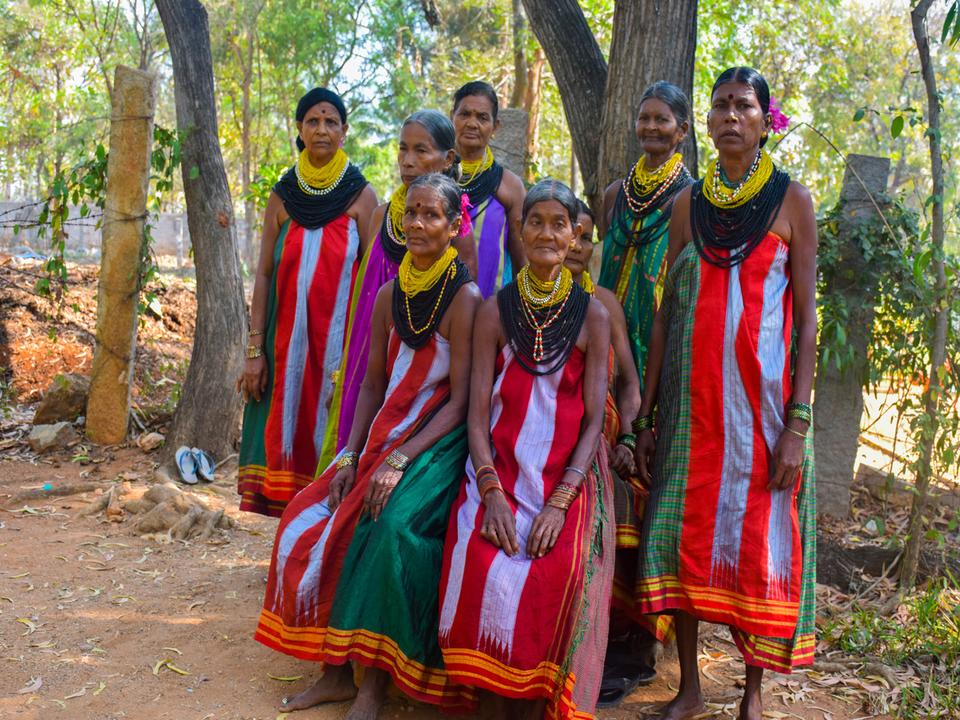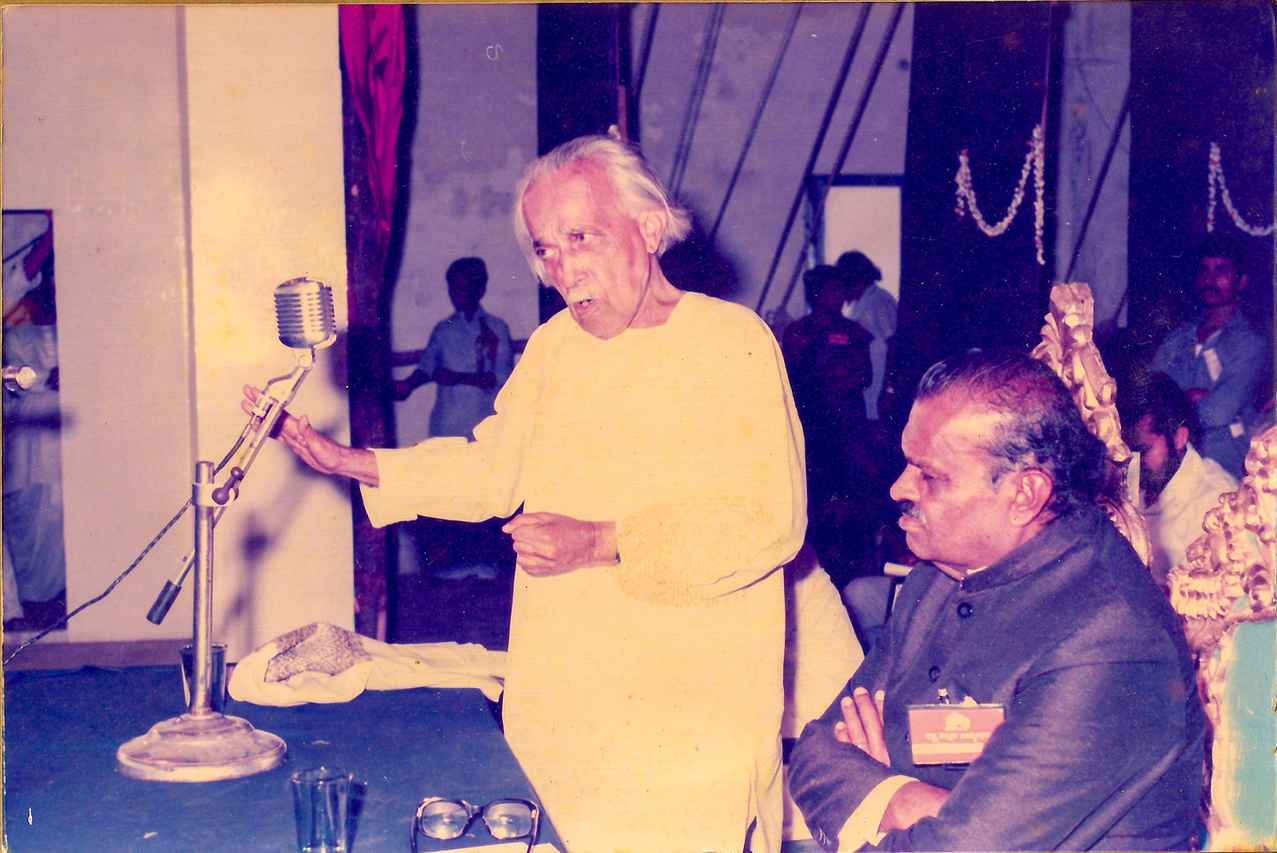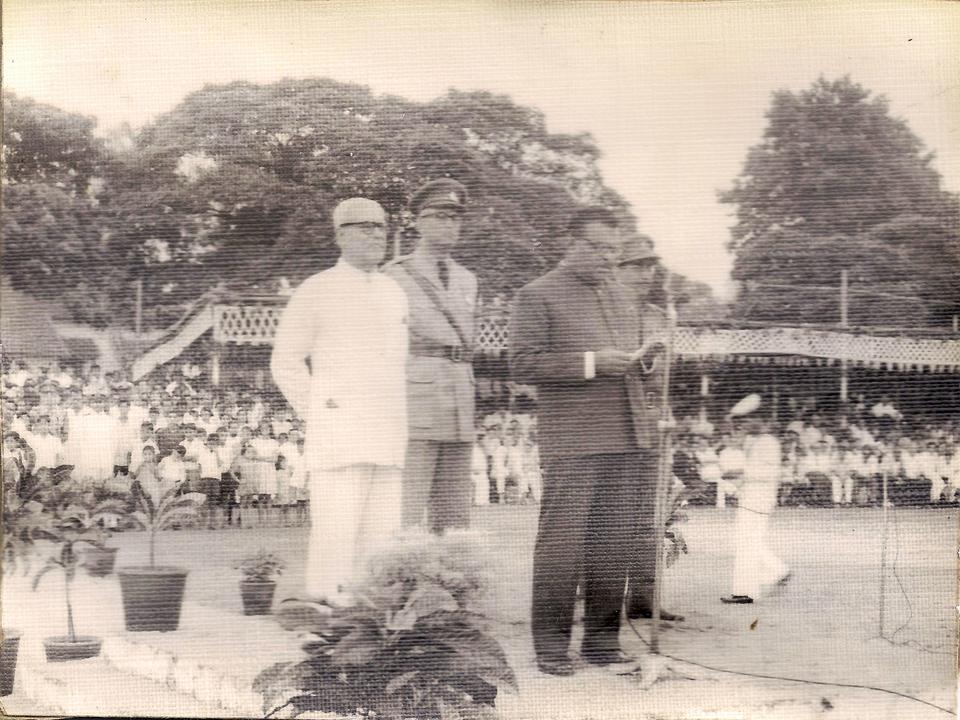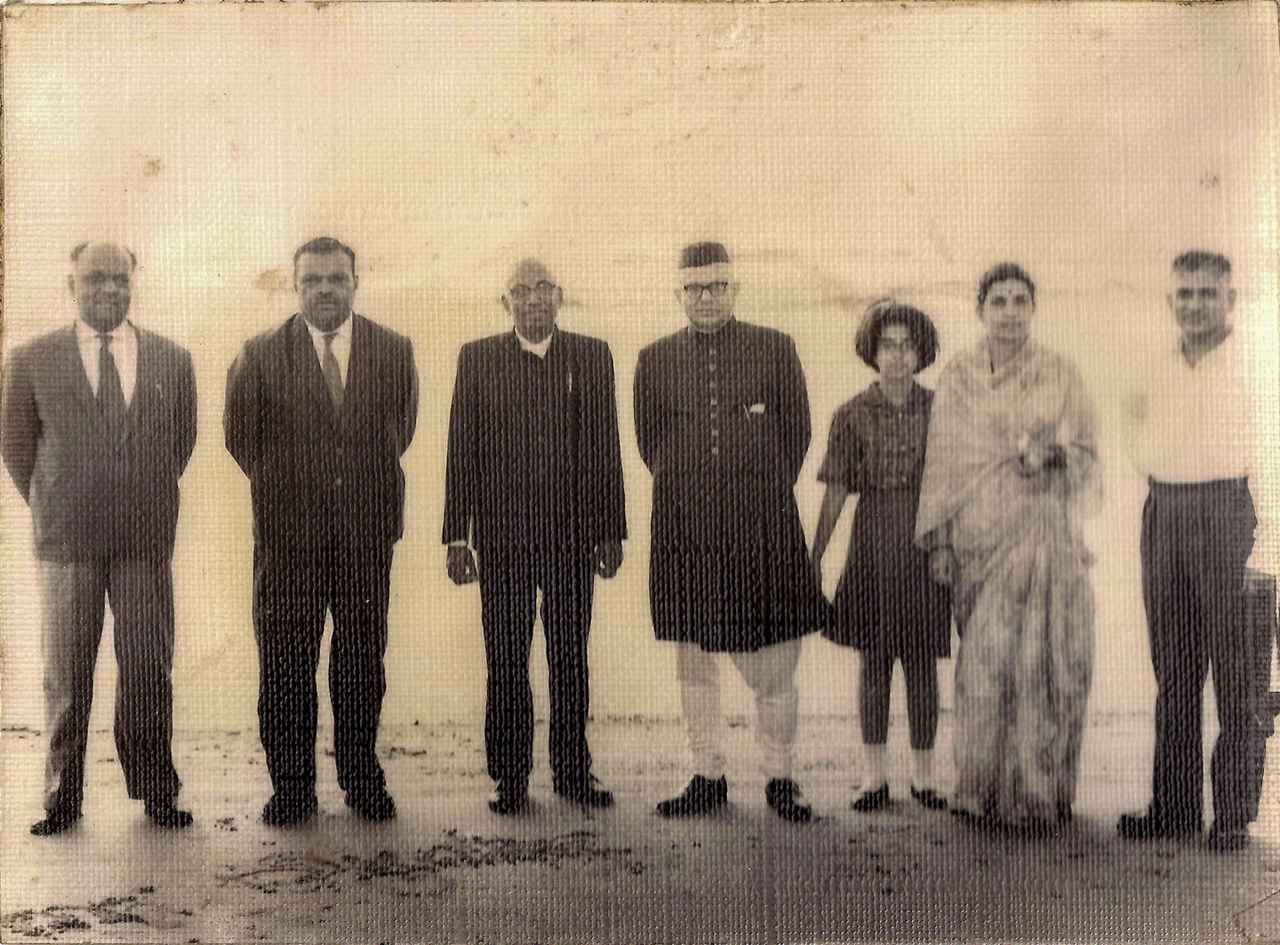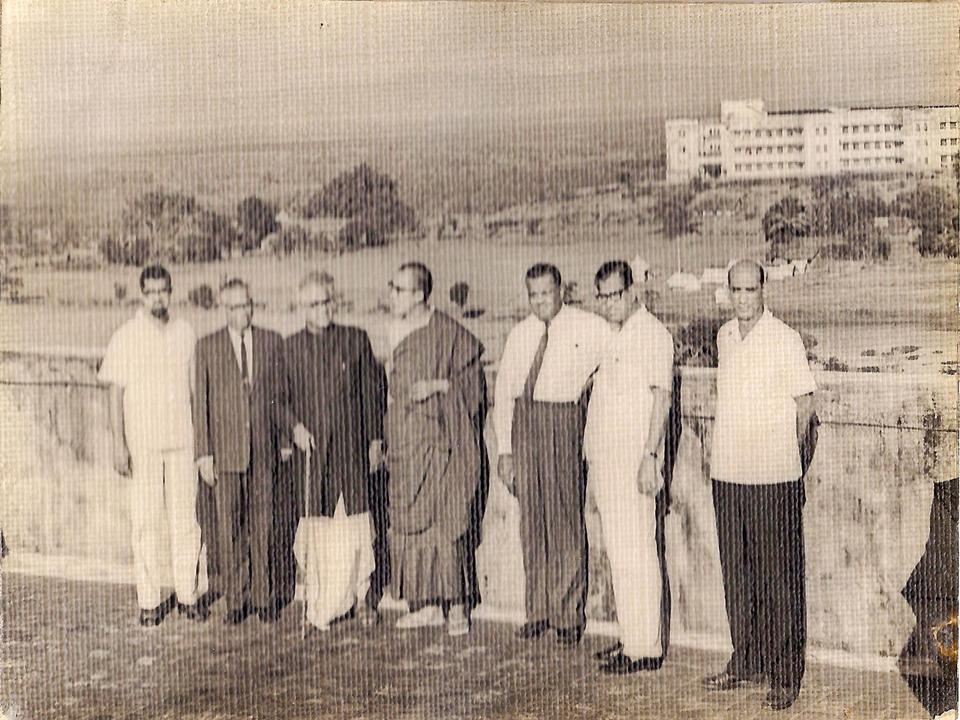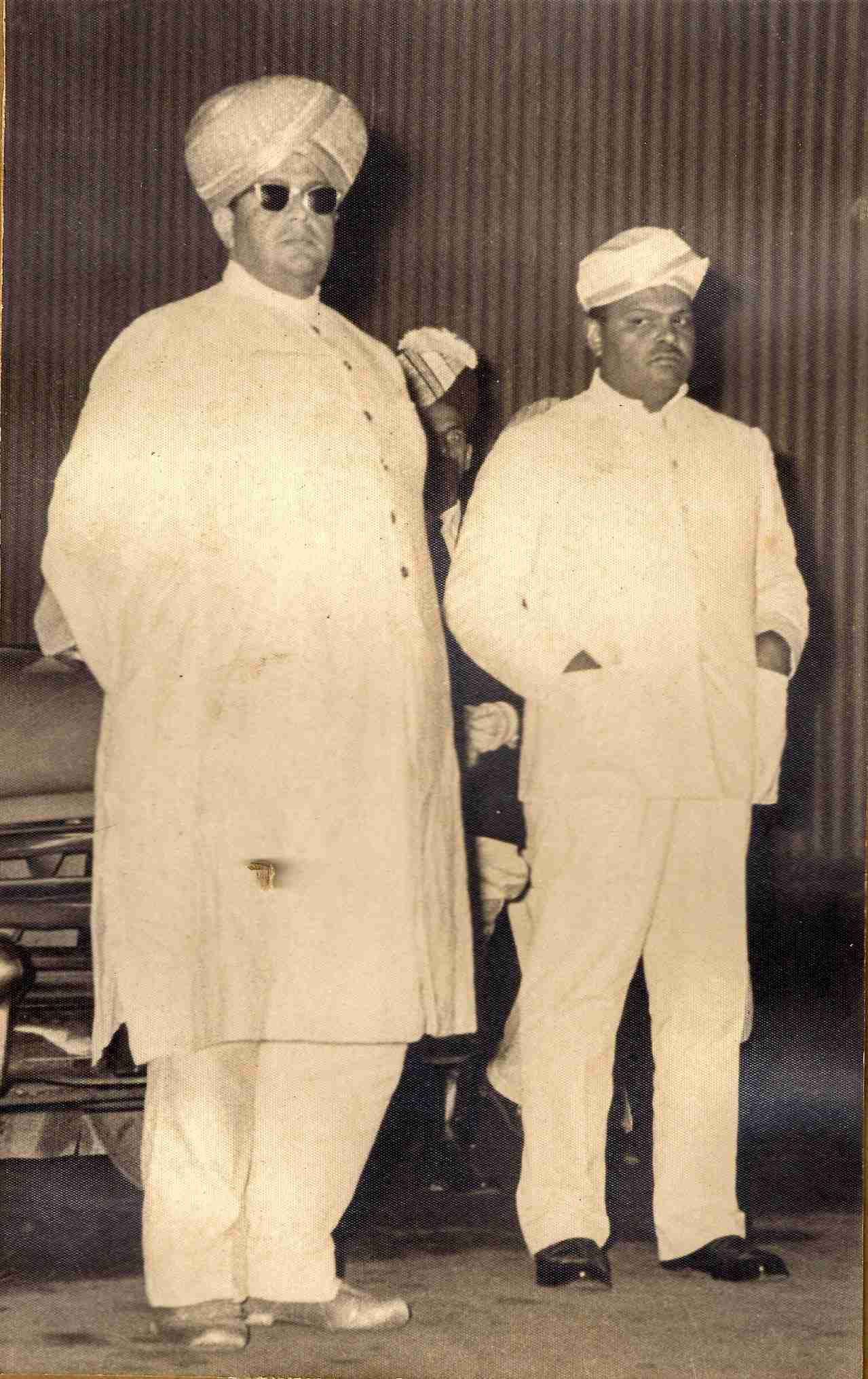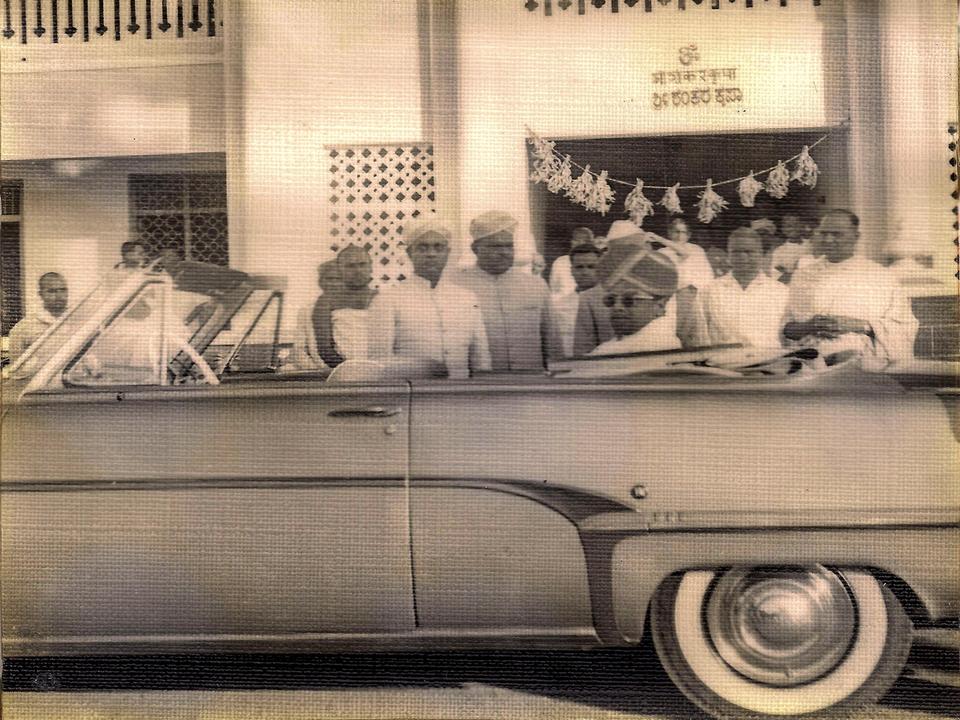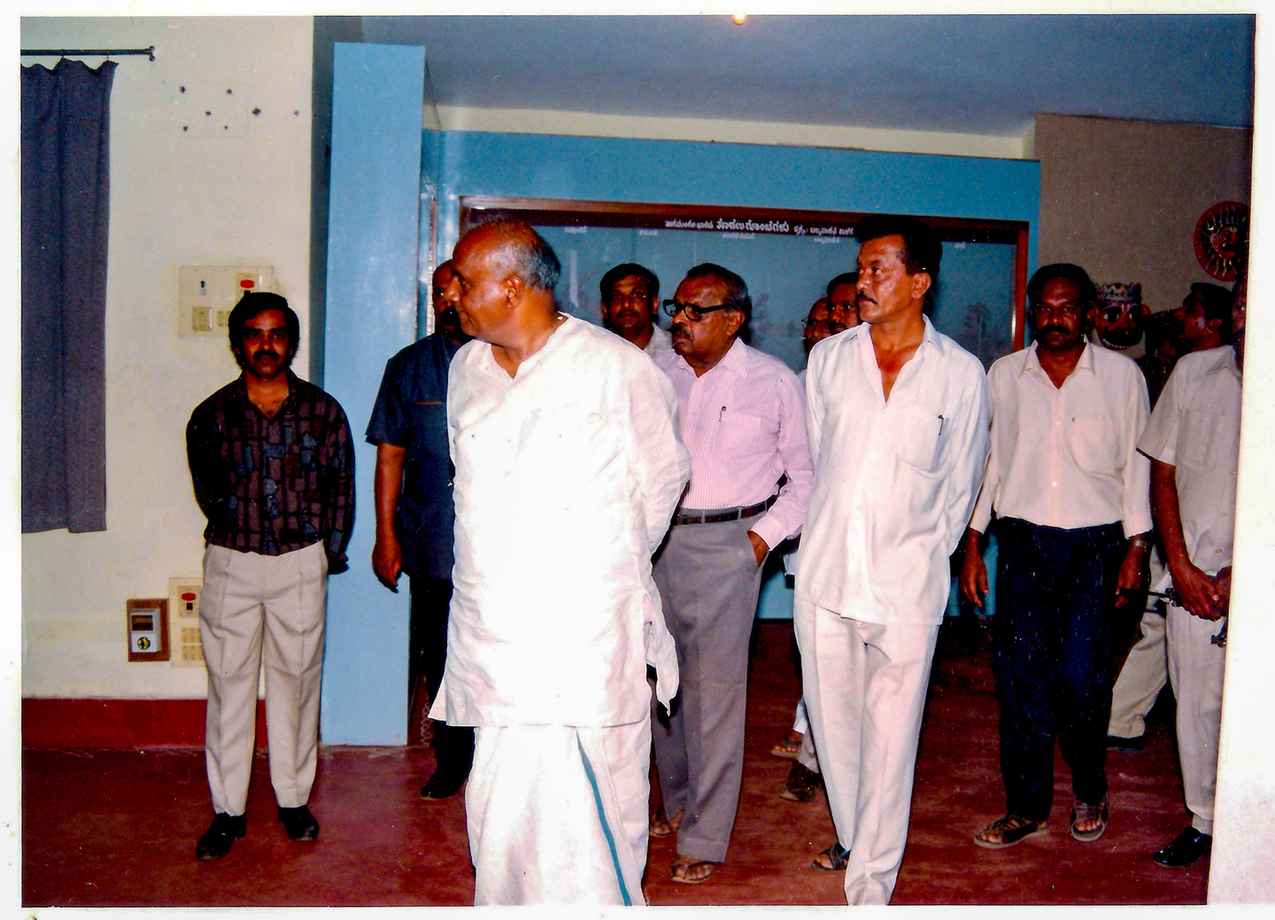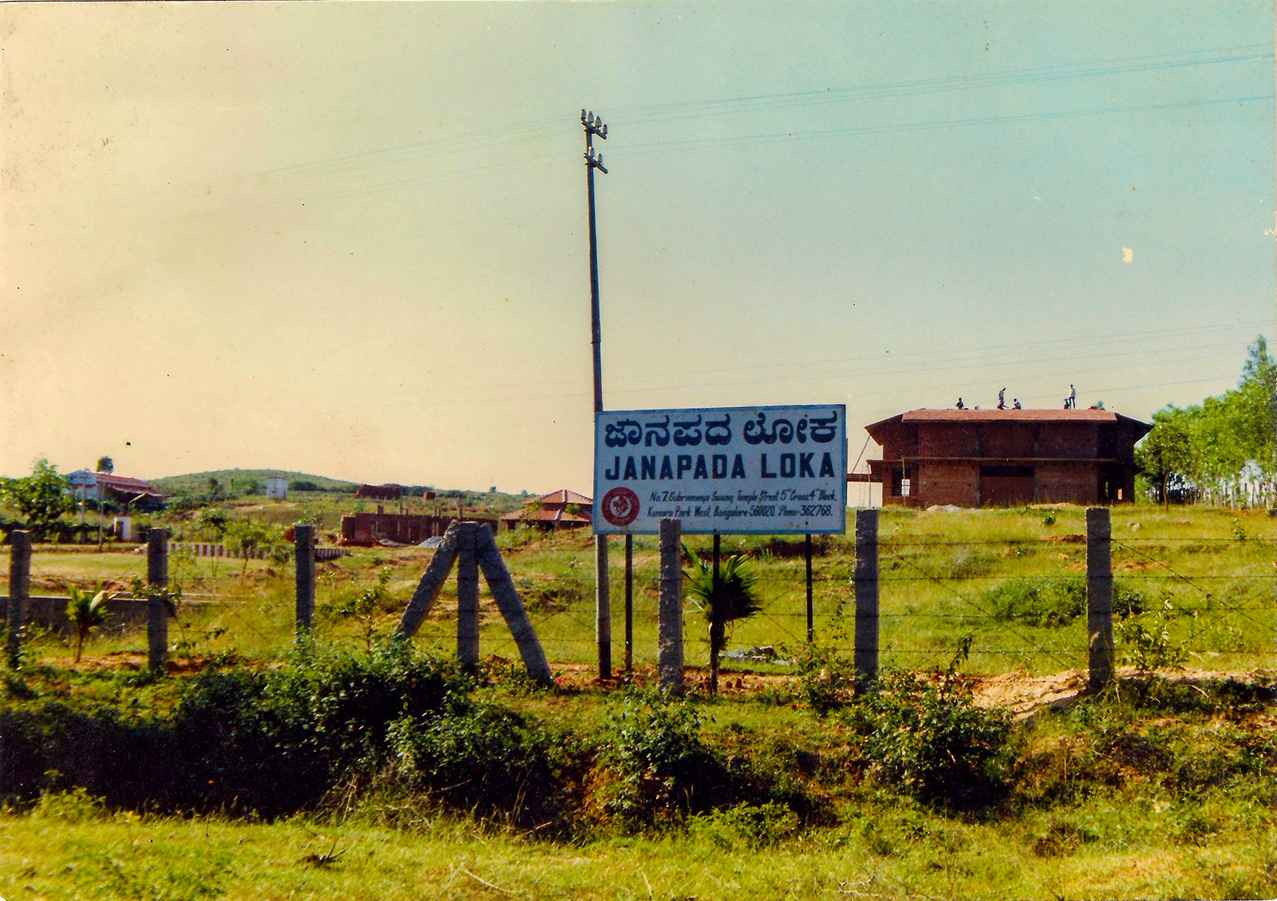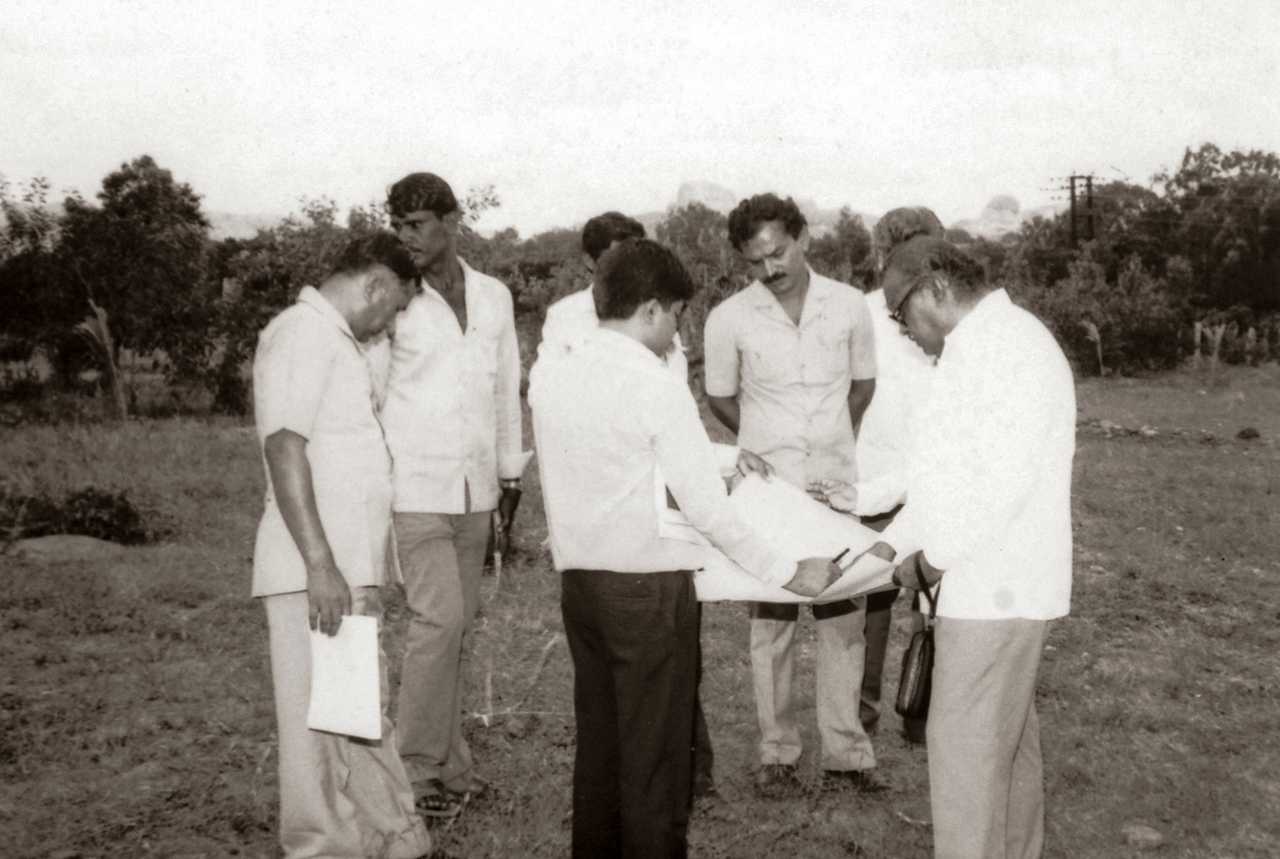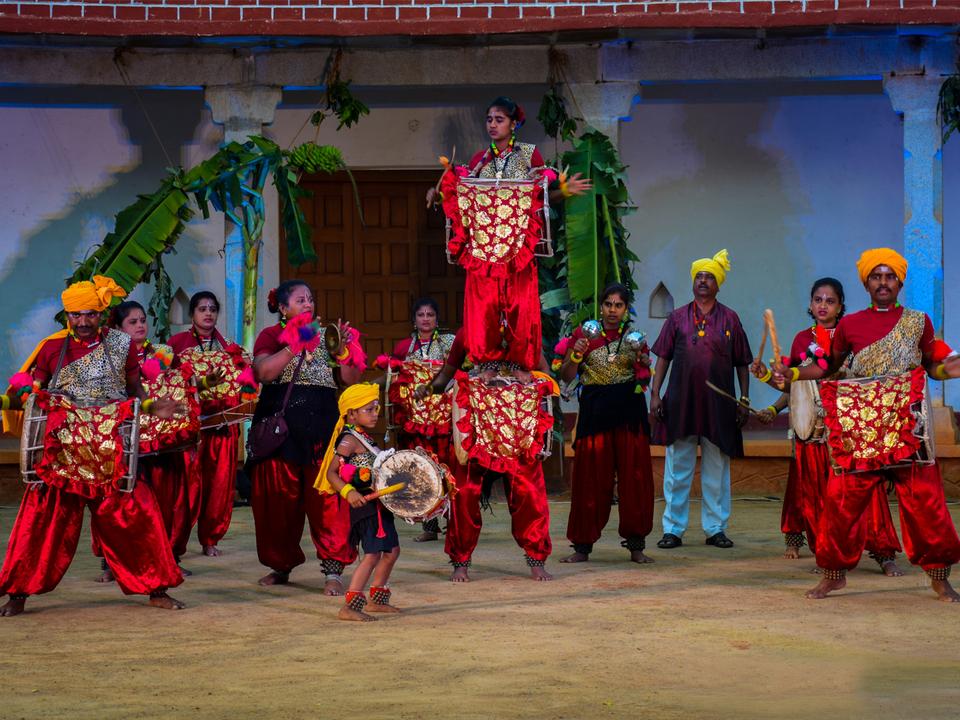About Janapadaloka
Janapada Loka translates into English as a ‘Folk cosmos’. Visit the beautiful 15-acre campus, where Karnataka’s rural milieus have been recreated to keep the pulse of the past alive.
Shri H.L. Nage Gowda, a long-serving civil servant and lover of folk culture of India, is the creator and conceptual architect of this prominent cultural centre of India. As an institution it is dedicated to promoting, preserving, publishing
and propagating the native folk culture of Karnataka. Today it has become a hub of continuing activities and festivals, highlighting the cultural and aesthetic dimensions of native art forms and storytelling.
Since its inception in 1979, it has been a platform for rural artisans, musicians and craftspeople to showcase as well as market their works of art. The main attraction of Janapada Loka is the folks arts museum, which plays host to artifacts
belonging to the folk culture, along with different instruments of music, agriculture and farming. The basic purpose of the Janpada Loka is to introduce the entire native cultural wealth to Bangaloreans and the country at large.
Places to visit at Janapada Loka
1. Mahadwara
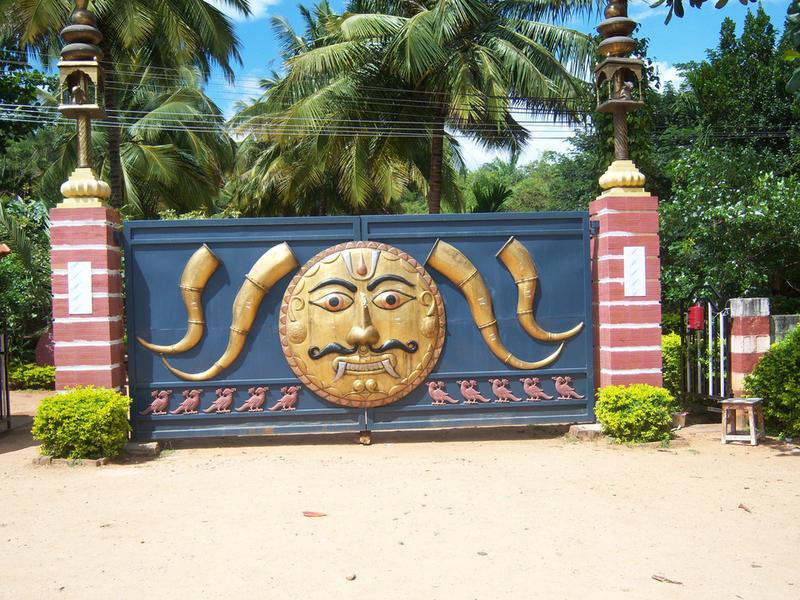
A massive main door 'Mahadwara', which measures twenty feet adorned with horns, trumpets and Harige, Nandidwajas made of brass standing on either side of the entrance path towering to a height of twenty six feet extend a warm welcome to
the visitors.
The life of the village folks full of hard work is not without beauty and elegance. This museum displays articles of daily use employed by the rural people in their daily life which includes huge storage bins for
storing grains, pots and utensils used in cooking, aricles made of wood and iron used in animal husbandry, agricultural implements. In general, the orderly display with proper informative labels give a clear picture of the rural life
to the spectators. In front of Lokamata Mandira. is a life-size statue of the founder Shri. Nadoja H.L.Nagegowda, the creator of the beautiful folk cosmos "janapadaloka"
2. Chitrakuteera
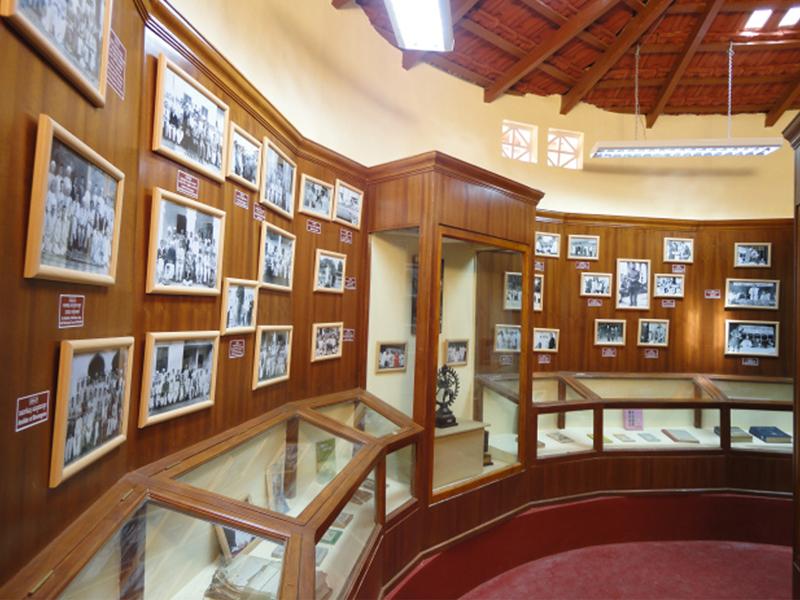
Number of attractive black and white and colour pictures exhibited in Chitra kuteera bring alive the festivals, fairs, arts and customs of our karnataka before our eyes. Many photographs taken while Sri. Nagegoda was engaged in establishing
janapadaloka,while recording folk music, video recording and collecting folk artifacts and personal articles, manuscripts, awards received by him are also exhibited here. Photographs of tribal people, masks of Tenkutittu Yakshagana
form, and folk theatre attracts the attention of the visitors.
3. Shilpamala
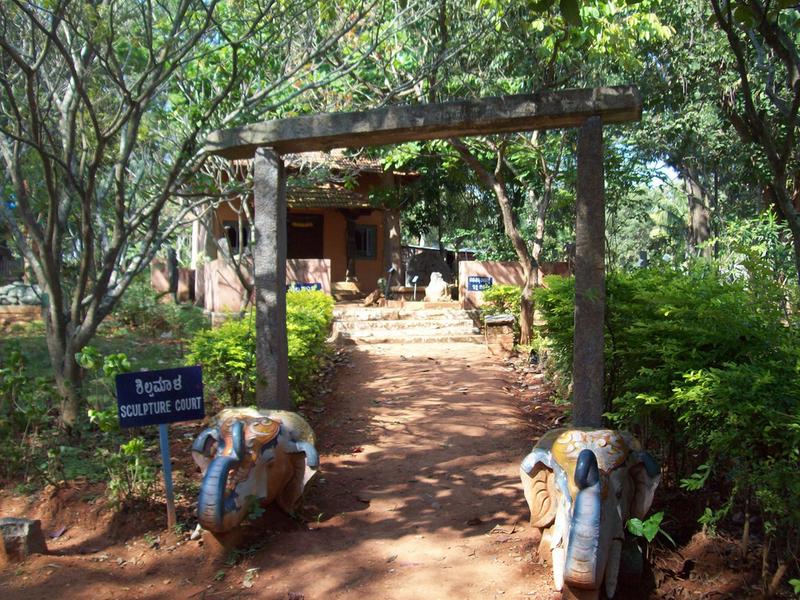
A large collection of stones arranged in Shilpamala are not just ordinary stones of the present day but memorial stones dating back to a period more than four hundred years. These are all inscripted stones which were installed in honour
brave people for their achievements. These are identified as Veeragallu - in honour of a war hero, Sathikalllu - in honour of a faithful wife and Gokallu - in honour of a beloved cow. Besides these there are many idols of worship which
had been abandoned and lying in ruins in different parts of karnataka. These have been collected and preserved and displayed here with serenity. Behind the shilpamala there is a temple of Ganesha - built in a typical village style.
The whole atmosphere makes the visitors feel one with the nature.
4. Loka Mahal
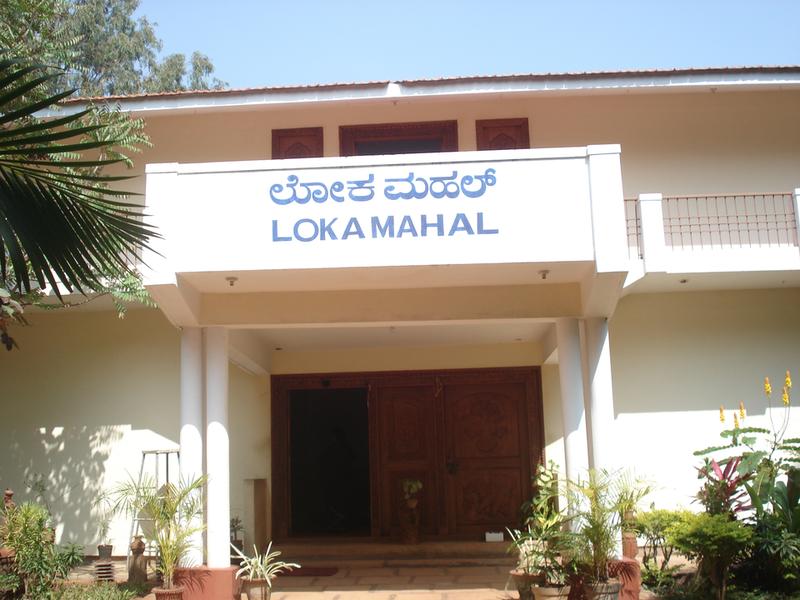
This is a spacious two storeyed building. In the ground floor there are life size dolls dressed as Mudalapaya Yakshagana artists, coorgi couple, Dasayya and Goravayya – village characters, pied piper, Halakki vokaaligas - who perform dances
of nomadic tribe and harvest dances. The other rarities that find a place here are various arms and weapons, the articles used in wedding ceremony, weights and measures of yester years, ritual items used while performing pooja and
lastly a few items from the kitchen. The ground floor which is named as Boothada Gallery meaning Ghosts gallery we find life size idols of ghosts made of wood and stone.
The first floor has a well collected exhibition of various
folk instruments. Special dolls made for folk theater - Togalu gombegalu or leather puppets, string puppets, rod puppets, apparels of Badagu tittu and Tenkut Yakshagana artists, Ganjeefa art pieces (playing cards), children's playthings,
Soma and Harige and other masks exhibited here capture the interest of the visitors
5. Aayagararamala
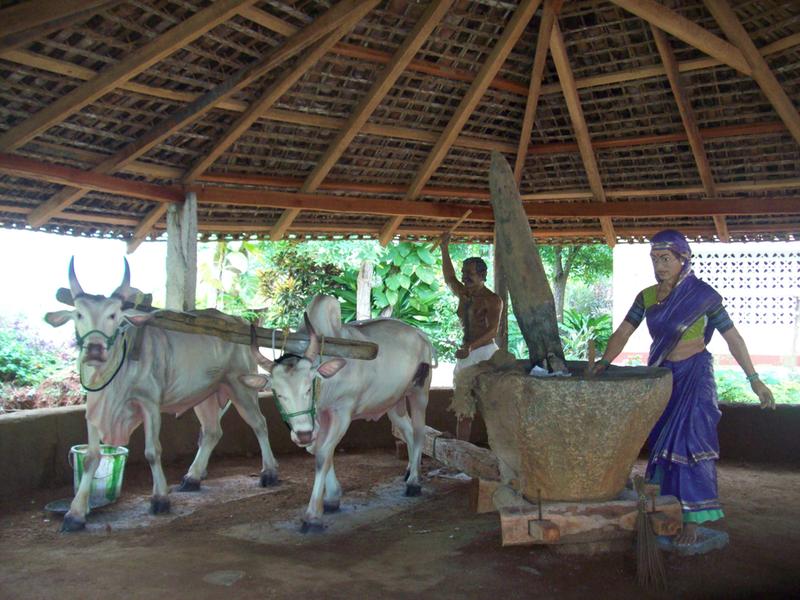
This is an exhibition of tools of rural vocations like pottery and smithy, sugarcane juice extractor made of wood, oil extractor, Kottana- rice pounding equipment, tools used in agriculture, nets and boats used in fishery and other things.
The other exhibits are weapons used in hunting, a bullock cart, special cart –sarotu, a chariot and a palanquin decorated with beads. To complete the scene a beautiful village house is built in Aayagararamala.
6. Open air theatre
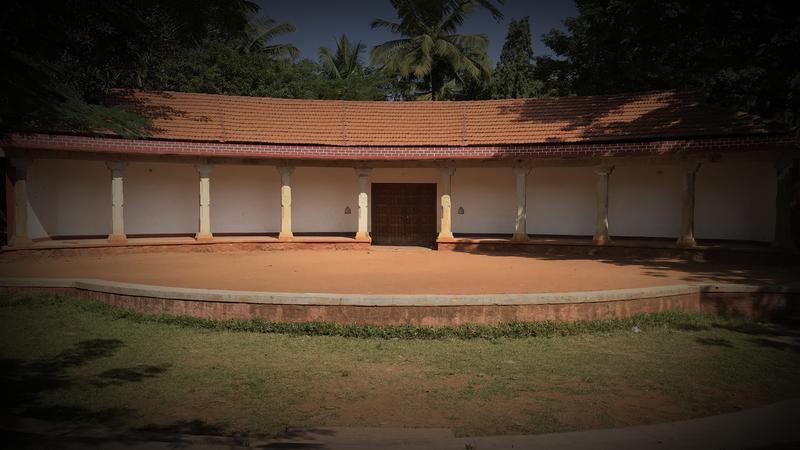
An impressive and big open air theatre built in Greek style with a capacity to hold 800 persons at a time. The theatre comes alive with programmes of folk artforms on every sunday.. Adjacent to it is a well equipped green room. The theatre
has received applause from none other than Late B.V Karantha, the best director of theatre arts that India has produced.
7. Loka Sarovara
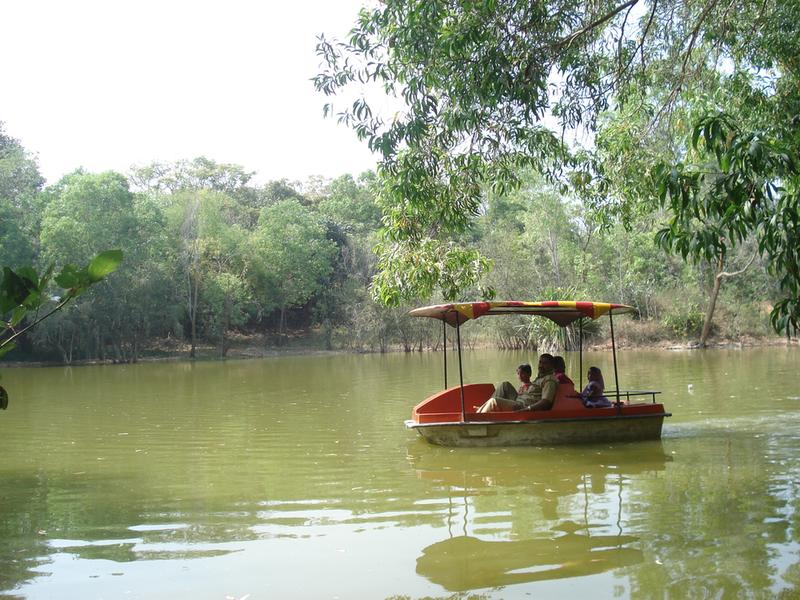
There is a beautiful artificial lake - Loka sarovara inside the enchanting surroundings of Janapada Loka covering an area of approximately one acre. The children can have the pleasure of going around this pure water lake in the peddle
boats arranged for the purpose.
8. Videoscope theatre

A videoscope theatre which is behind the open air theatre is well equipped and provides all the facilities like big screen and comfortable seats to view videos of folk artforms,culture and documentaries.
9. Saraswati Mandira
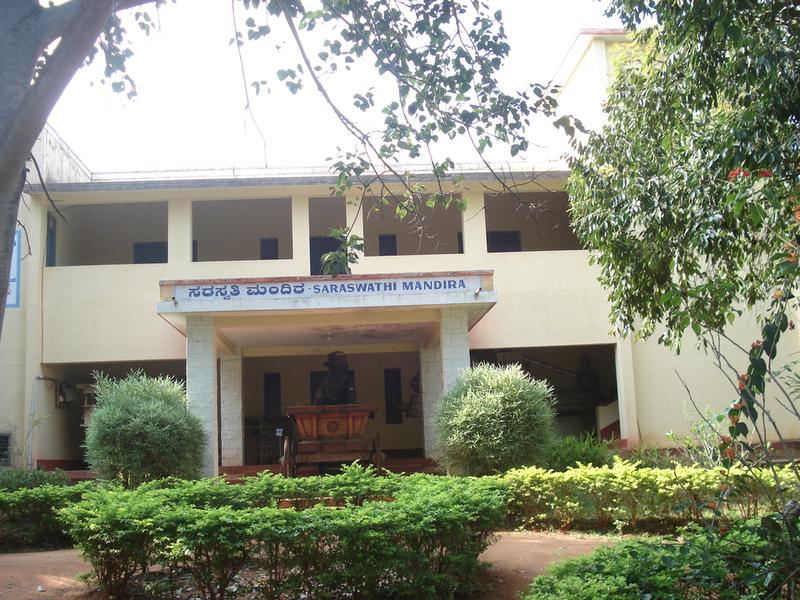
Saraswathi mandira built on the bank of the lokasarovara houses a well-equipped library on the ground floor with fecilities for in-house reading and is open to the public on all working days.The first floor serves as class room for the
students studying in the certificate and diploma course of the parishath. It is also used for meetings and seminars. Adjascent to the as saraswathi mandira are two well-furnished rooms useful for scholors to stay at a nominal rate.
10. Dodda Mane
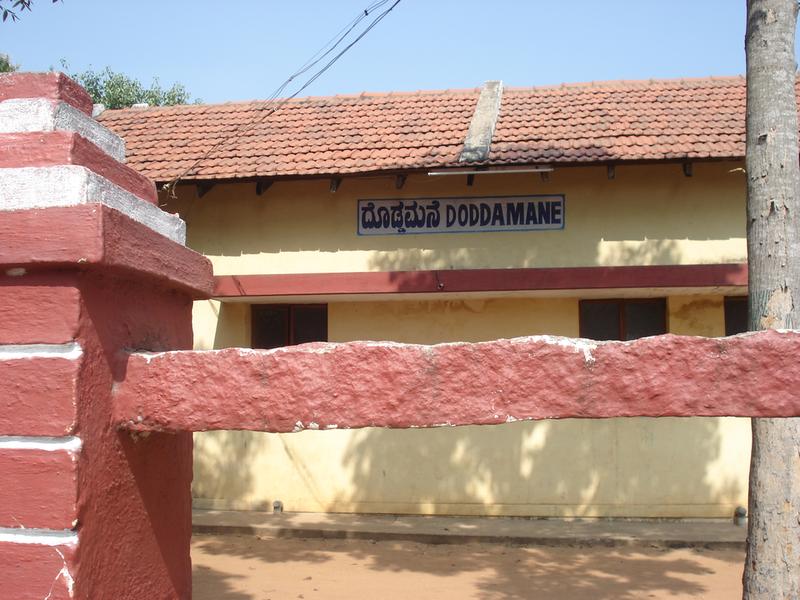
A house having twelve pillars and a open central court yard.. Around the central courtyards are rooms and large halls which serve as dormetaries for visiting folk artists.It is also hired by public and organizations for conducting marriages,
seminars, workshops. Adjascent to the main house is a community kitchen to fecilitate large scale cooking. Nearby is the toilet fecility for both men and women. Schools, colleges and institutions can comfortably arrange short term
or long term resident workshops, seminars, summer camps, as it has the necessary infrastructure.The house has a big hall and a beautifully maintained lawn. It has the facilities to accommodate Janapada artists. Adjacent to Doddamane
is a kitchen, bath rooms and toilets. Schools, colleges and institutions can comfortably arrange short term or long term workshops, camps and seminars here since Doddamane has all the necessary infrastructure.
11. Janapada Mandapa, Kinnare, and Kamsale
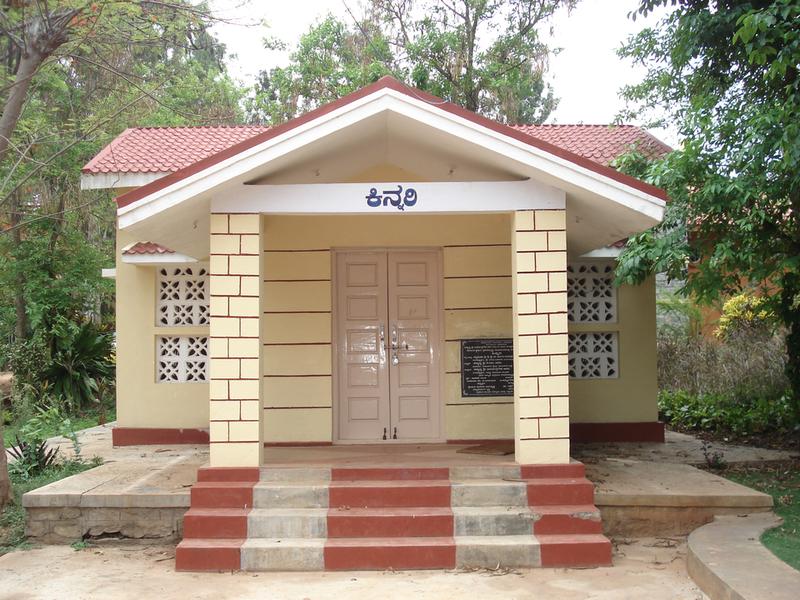
Janapada mantapa is a spacious hall with stage which can be used for multipurposes, like lectures, seminars, functions etc . Adjacent to this are two smaller buildings facing each other which also can be used for functions. There is a
open-air stage in between these two buildings with a beautiful backdrop of green landscaping, ideal for folk performances and such cultural programmes.
An Urgent Importance
The Janapada Loka is one of 20th century’s historical wonders of Karnataka. Founded on sprawling 15 acres of land near the beautiful Bangalore-Mysore highway, Janapada Loka was started on 12th March 1994. Today,
the effect of money-minded globalisation is fast eroding the cultural roots at a pace faster than ever seen. It is having an adverse effect on the rural literature, culture and art, which are creative in nature and not directly profitable.
In such a conflicting state of affairs, rural culture provides a base to enlighten the community about the hoard of knowledge available in our own roots. There is an intense need before us to plan elaborately to preserve folk knowledge
and work towards its improvement. So that even if they are not revived, their memories can continue to inspire us to a better way of life.
